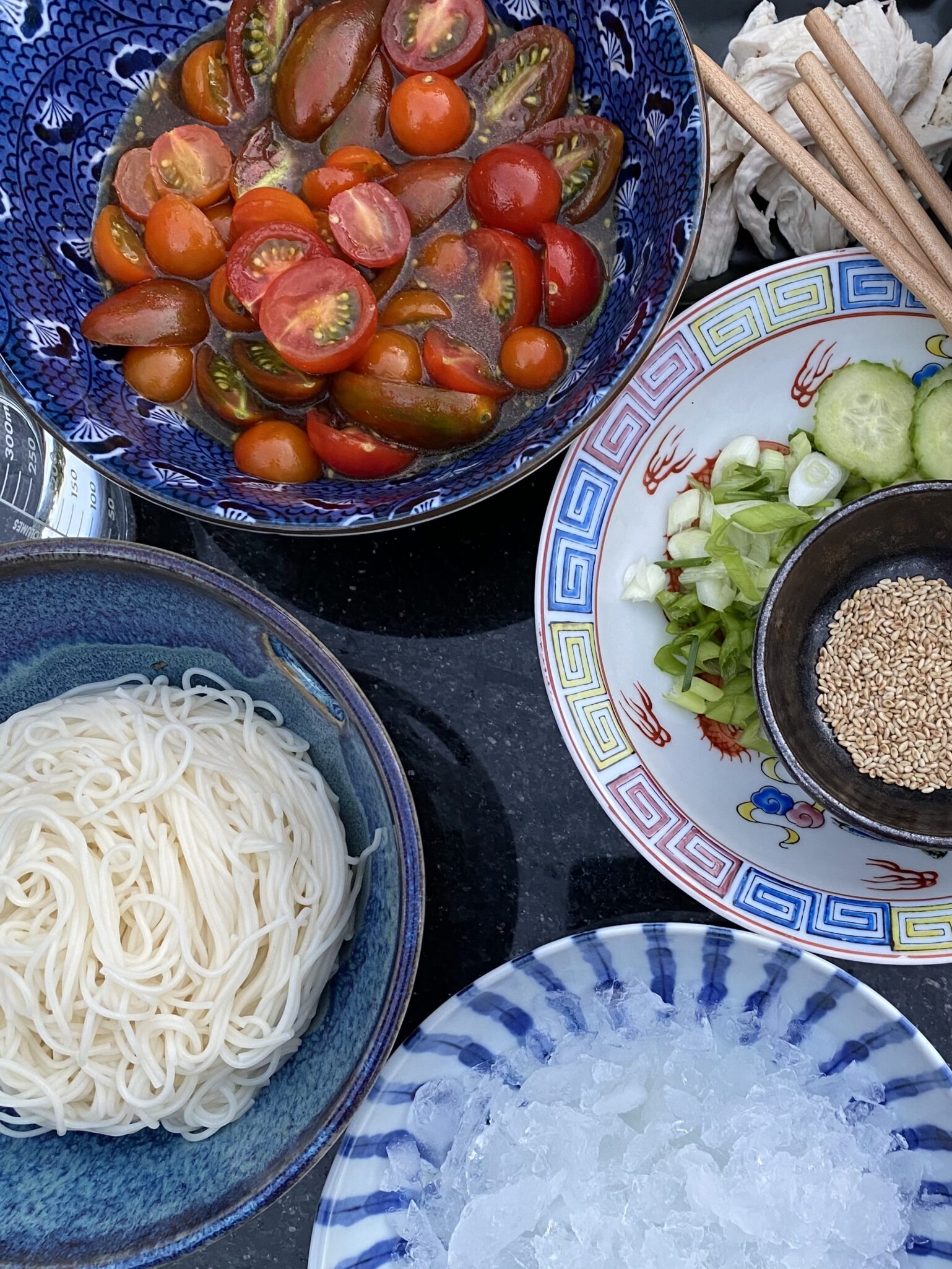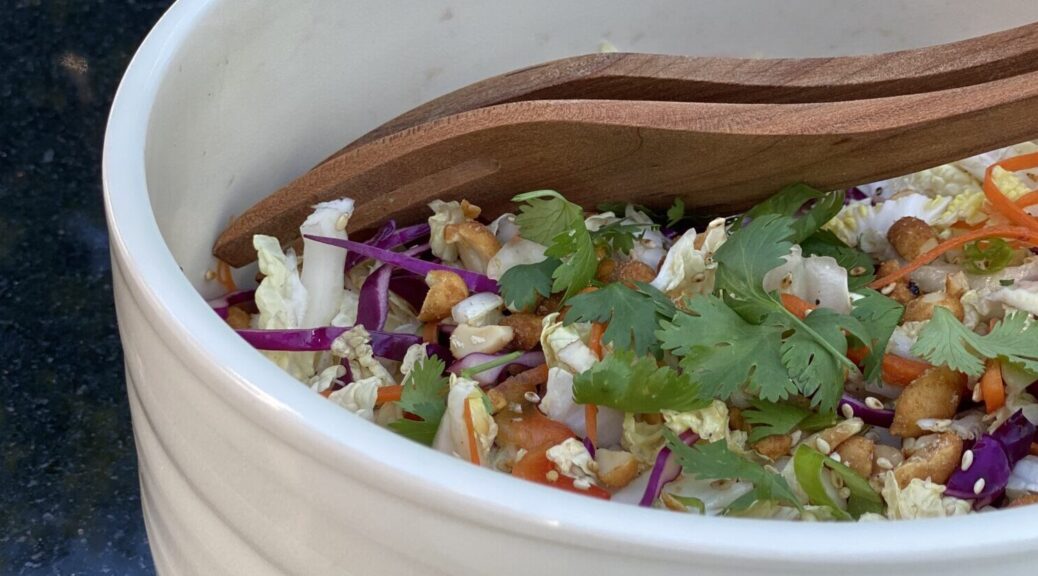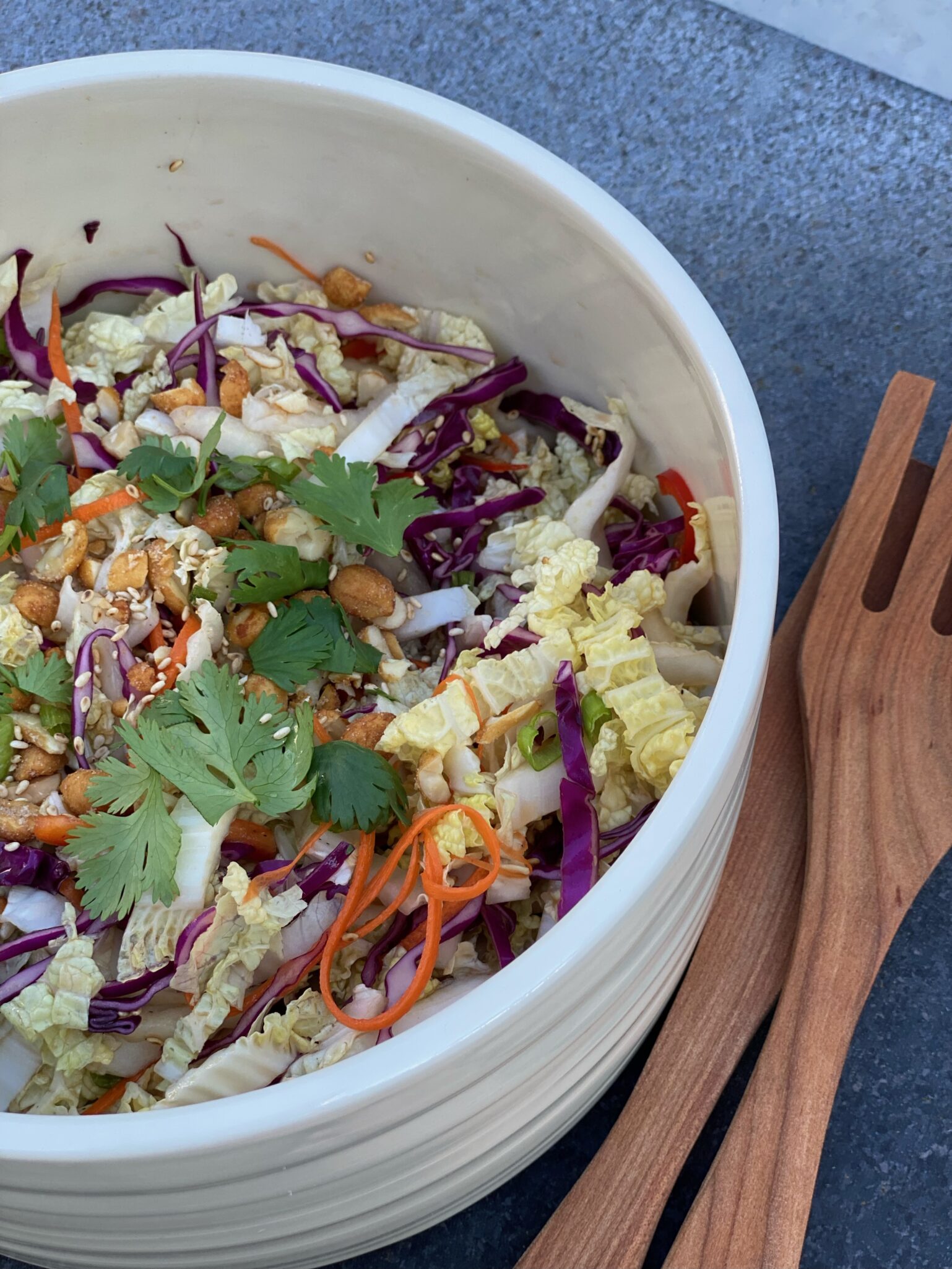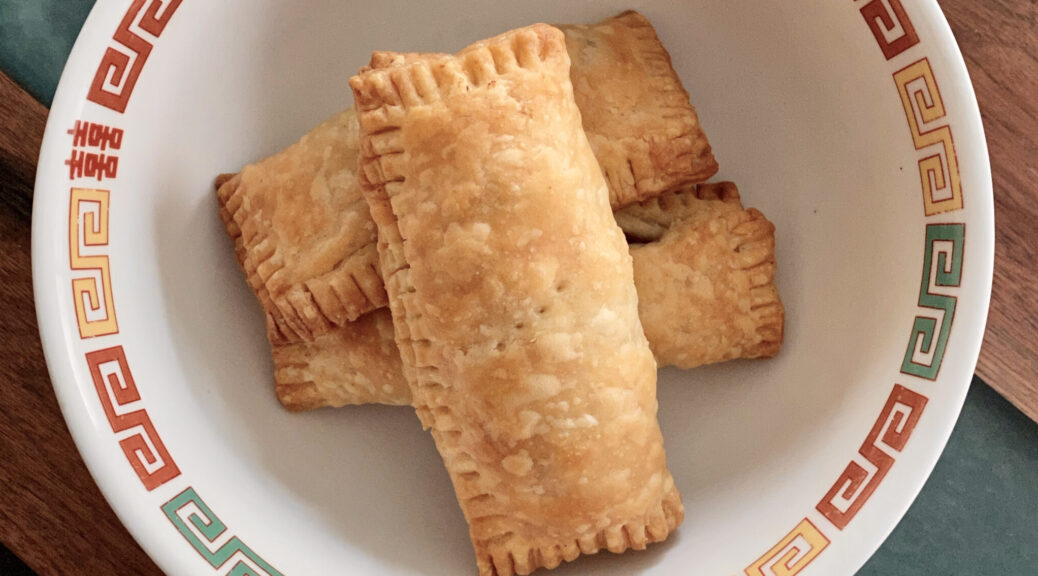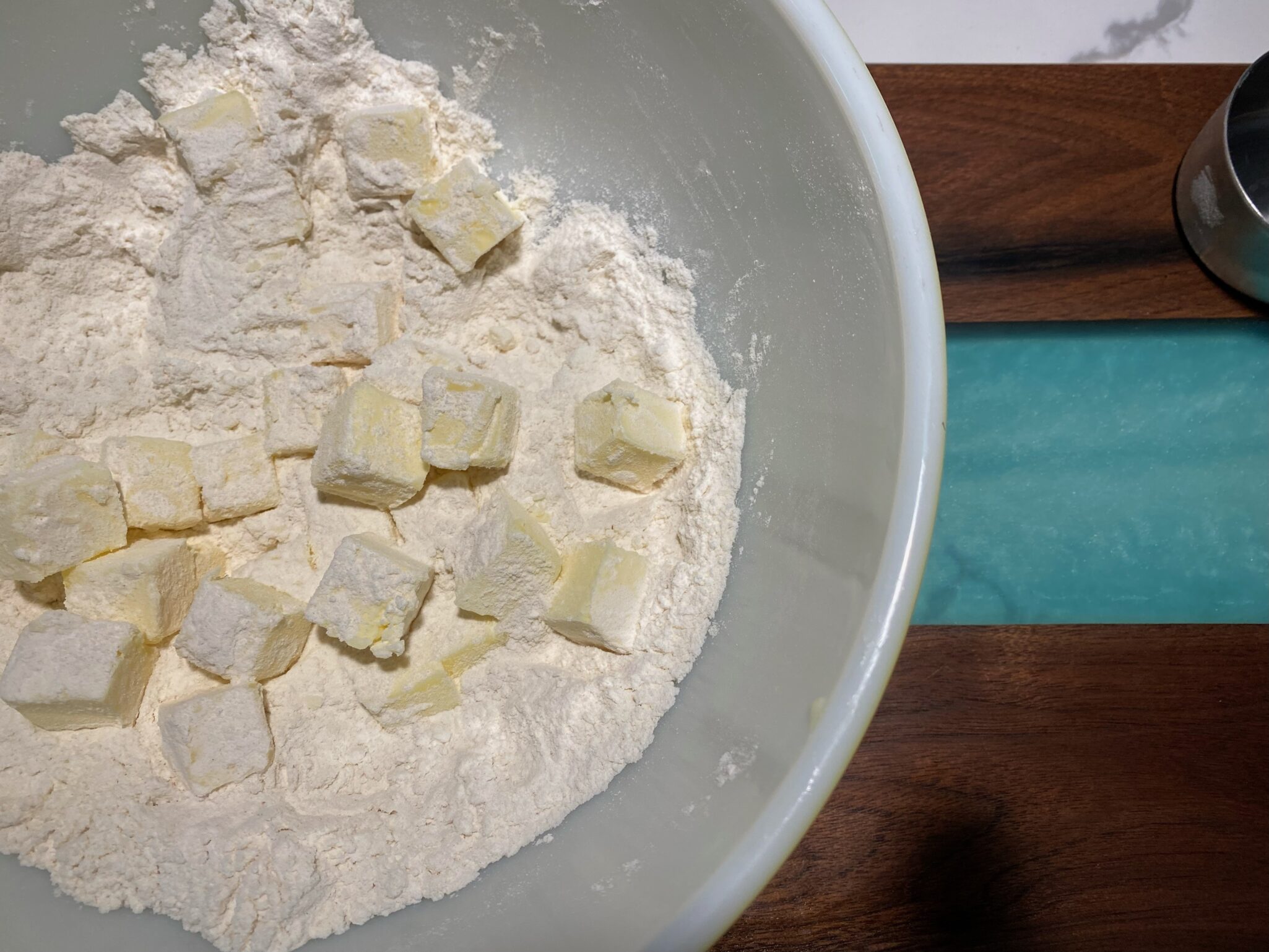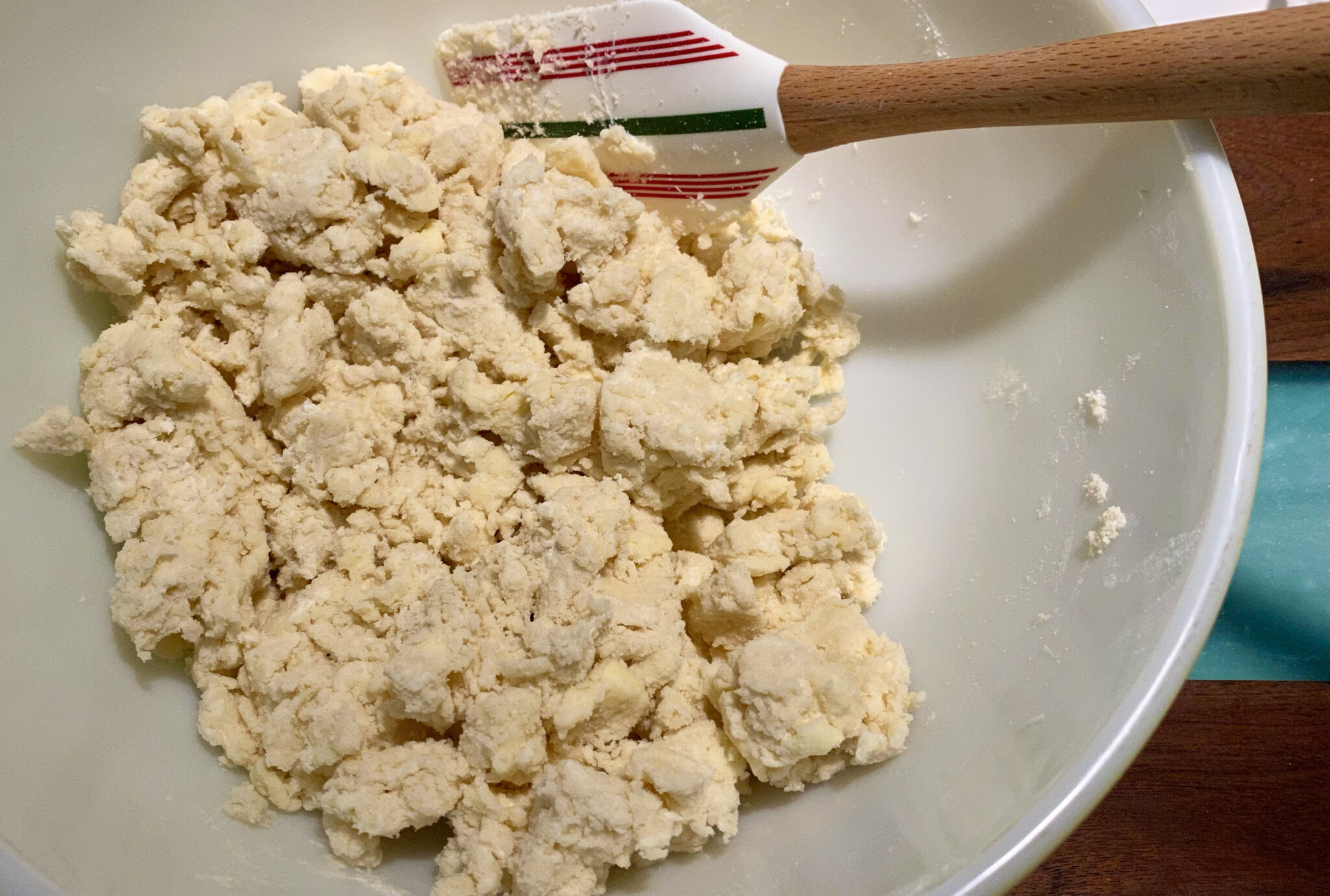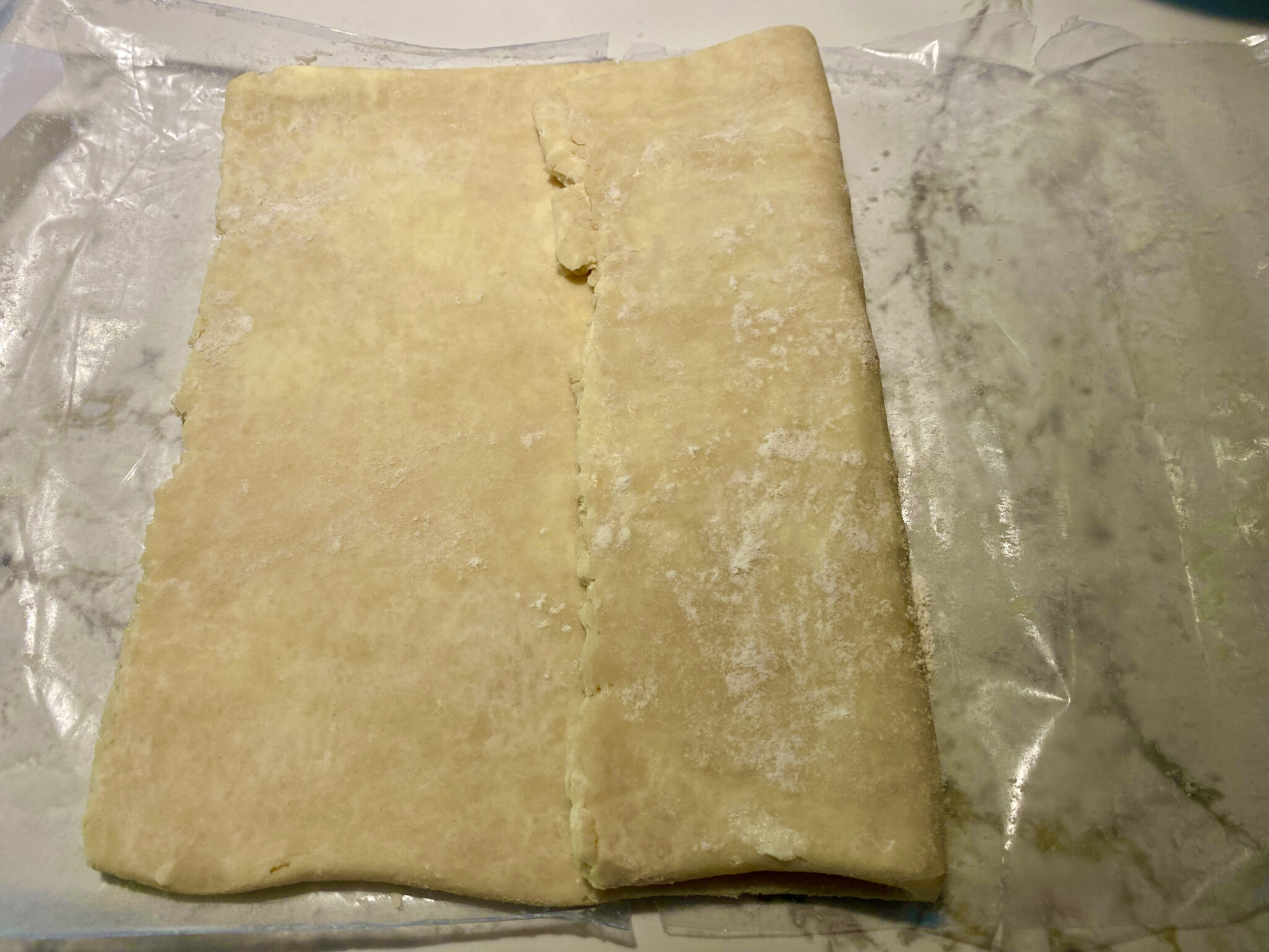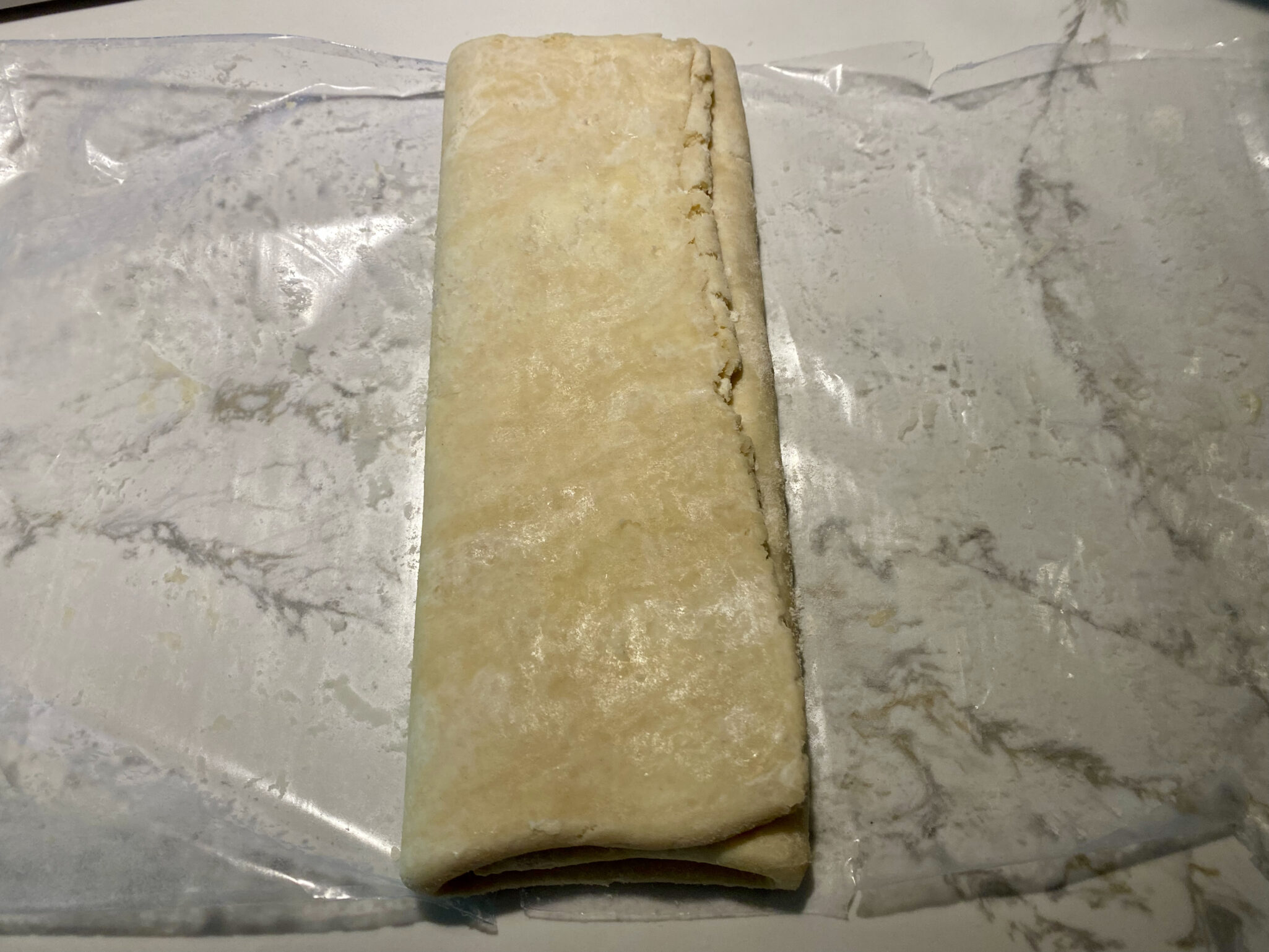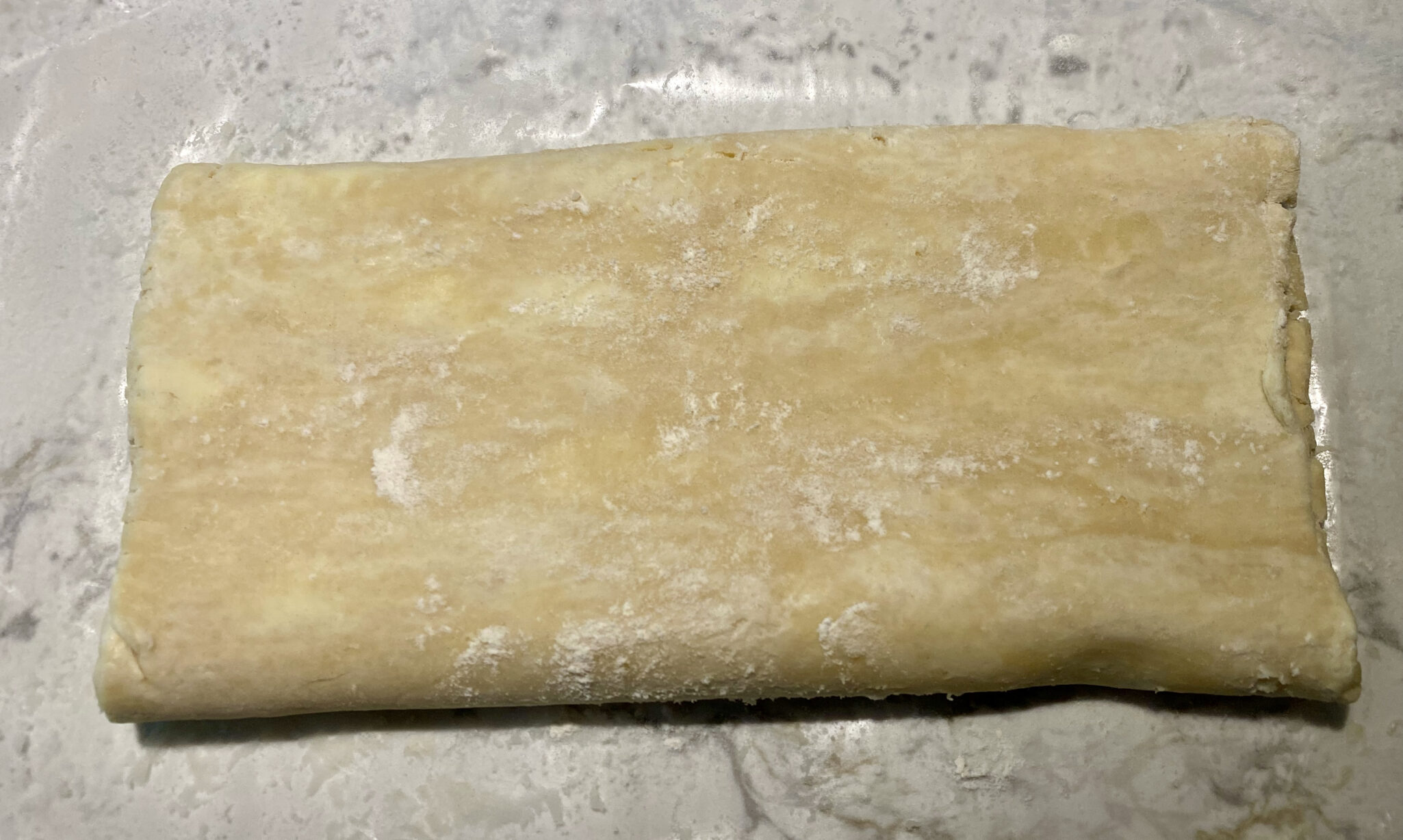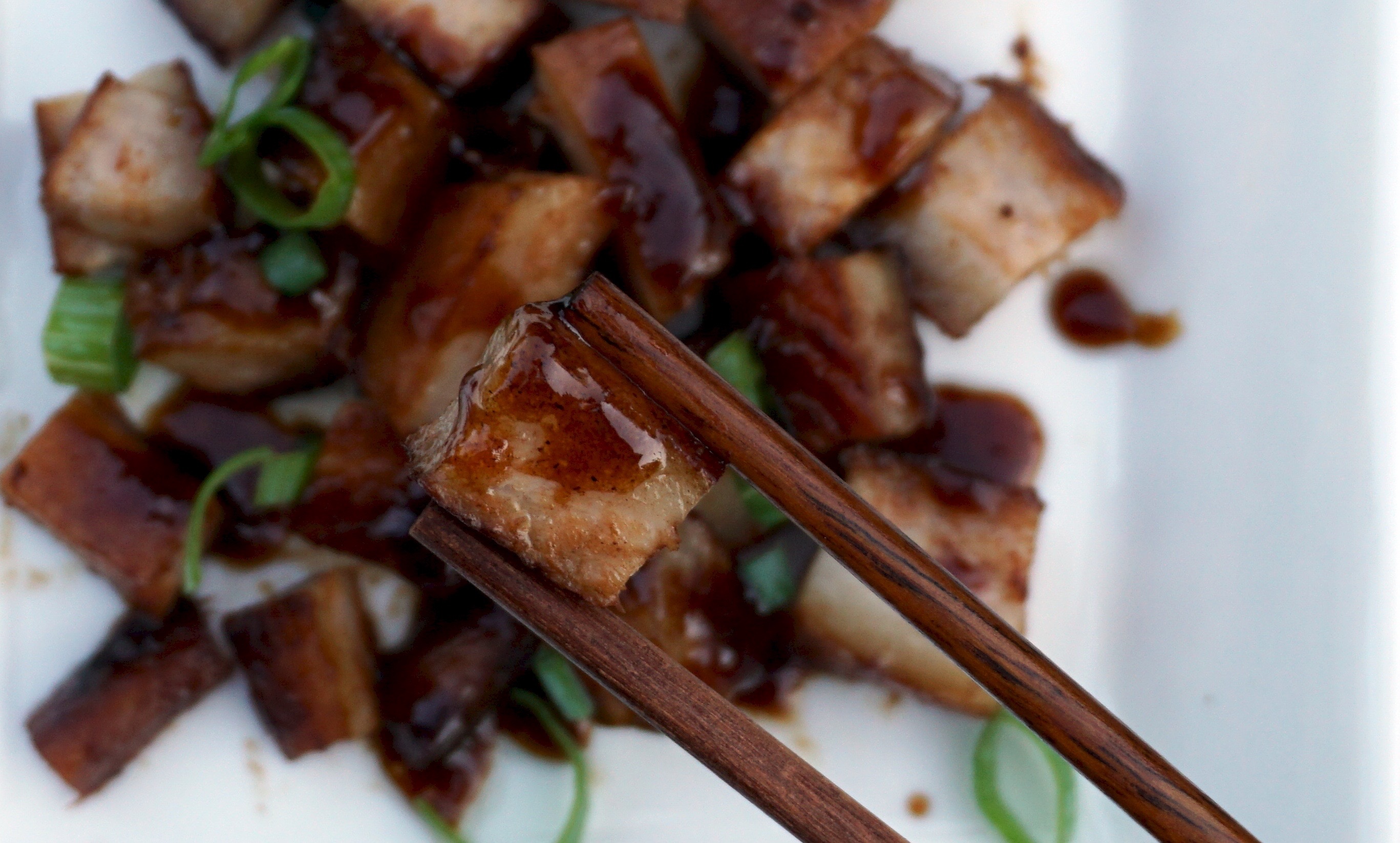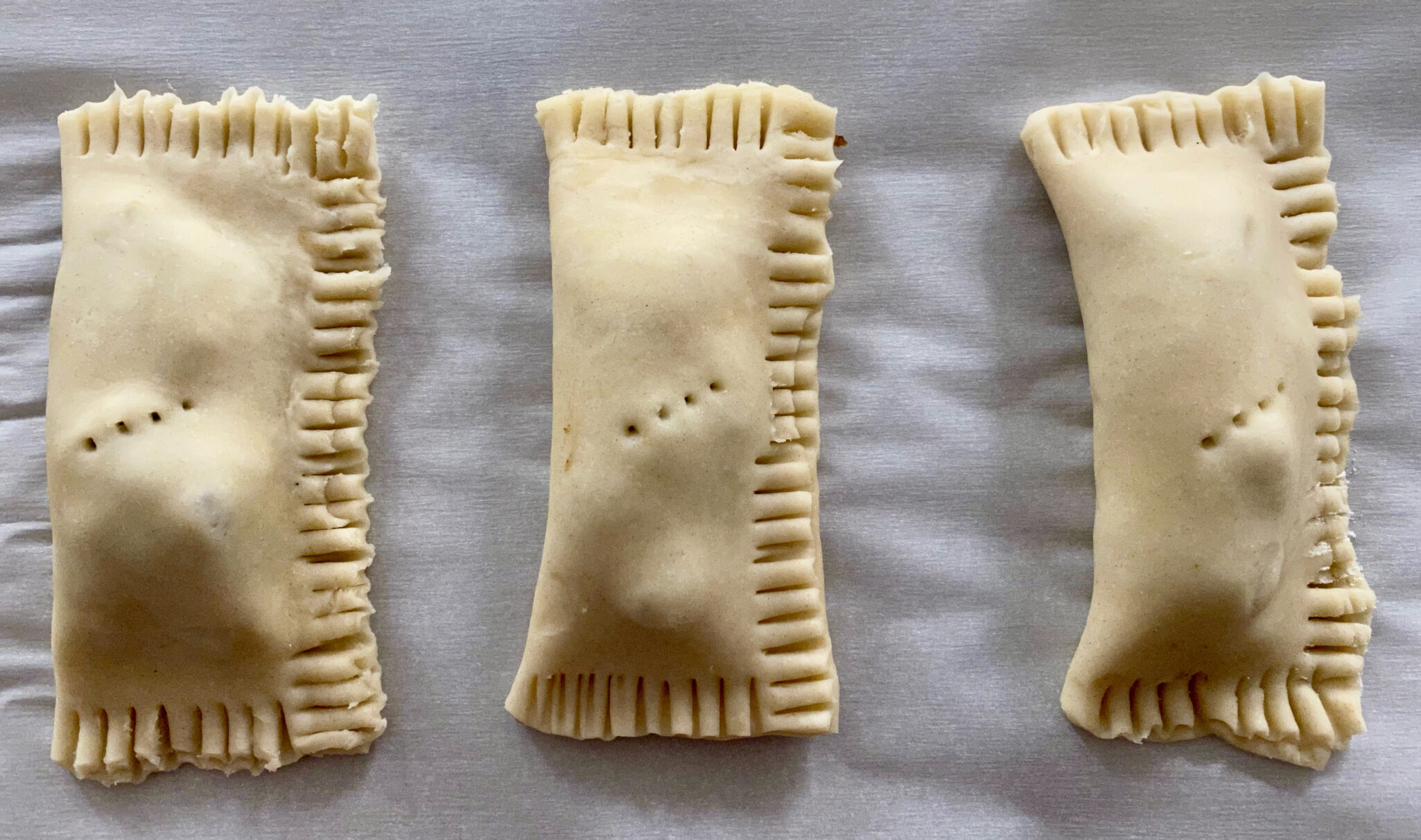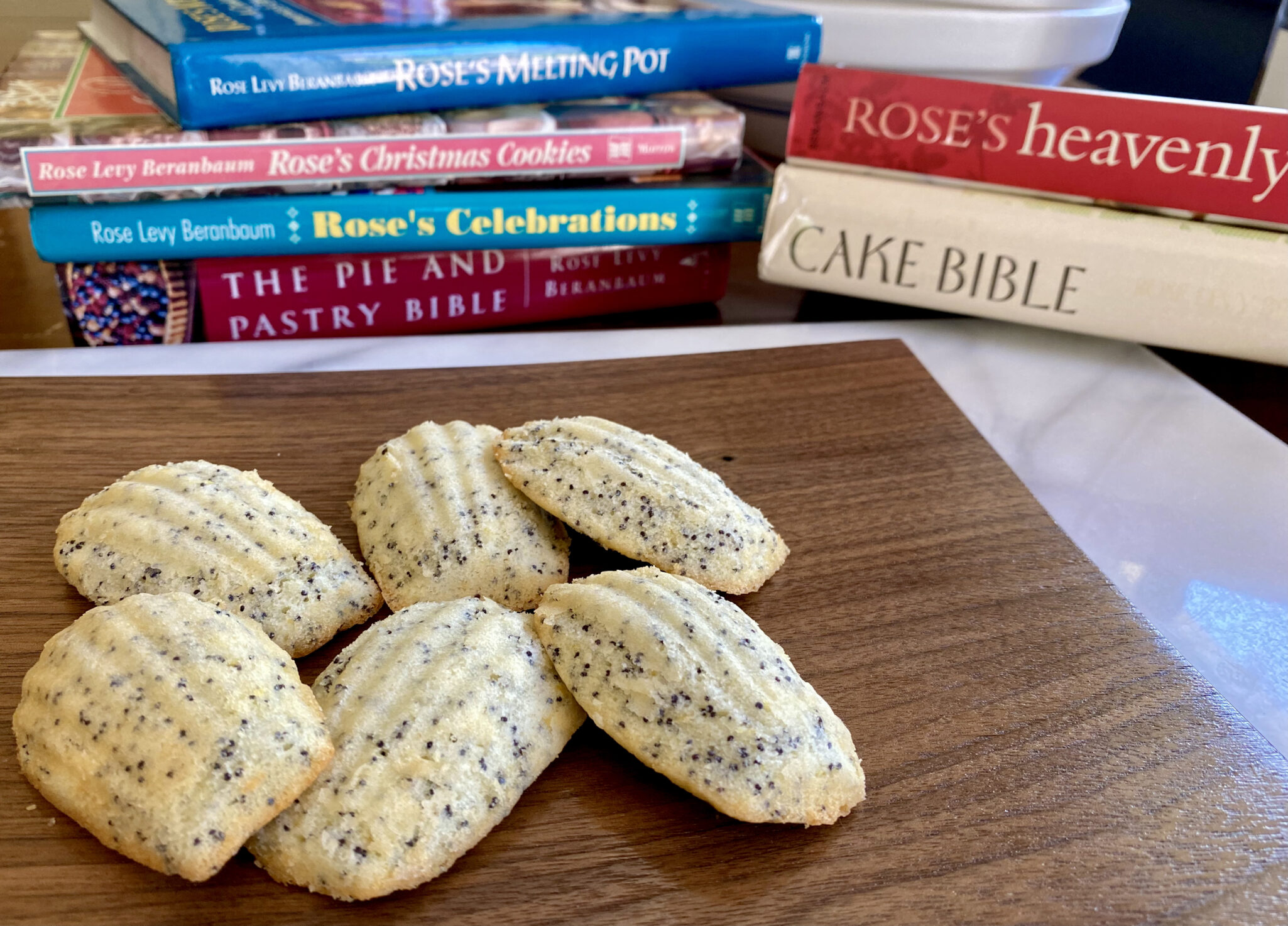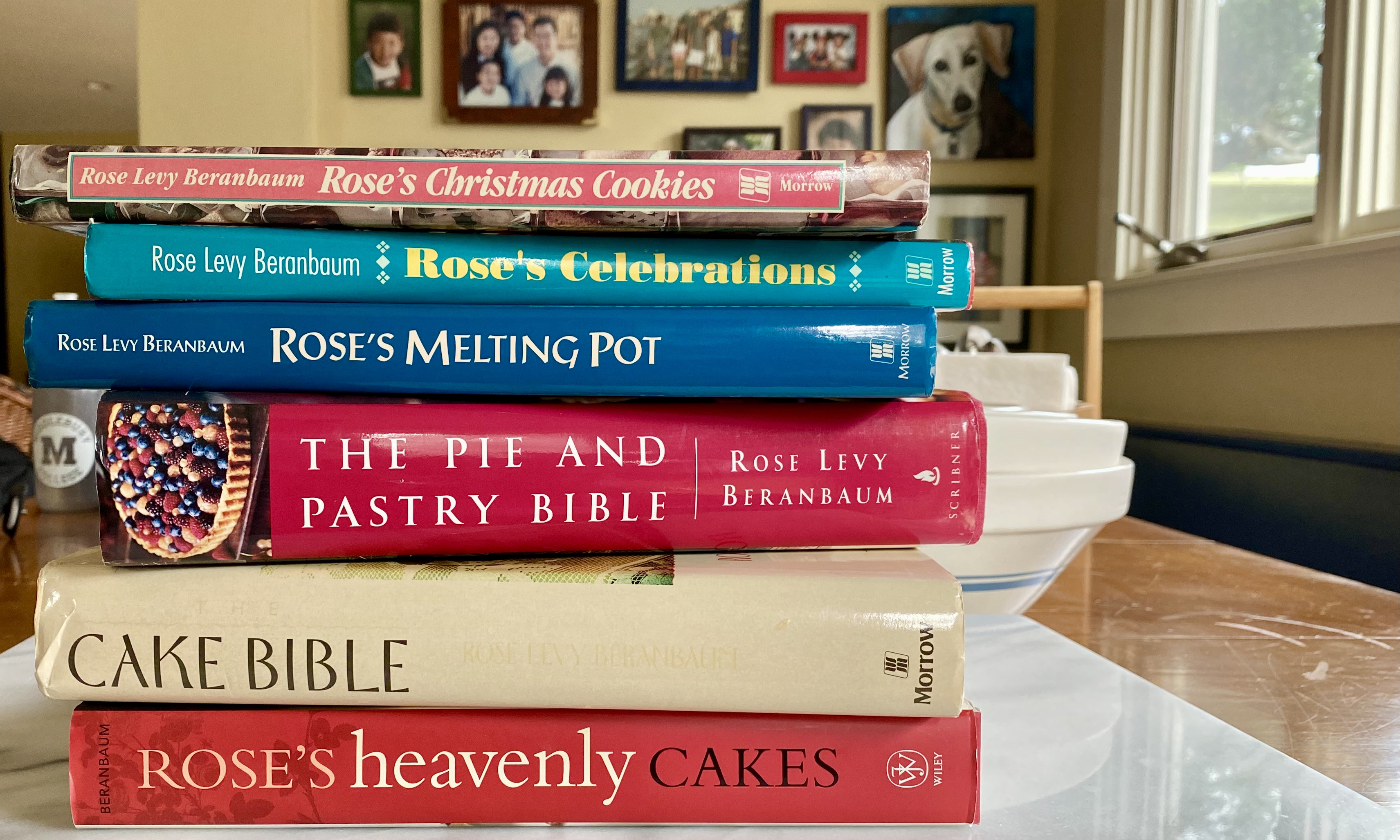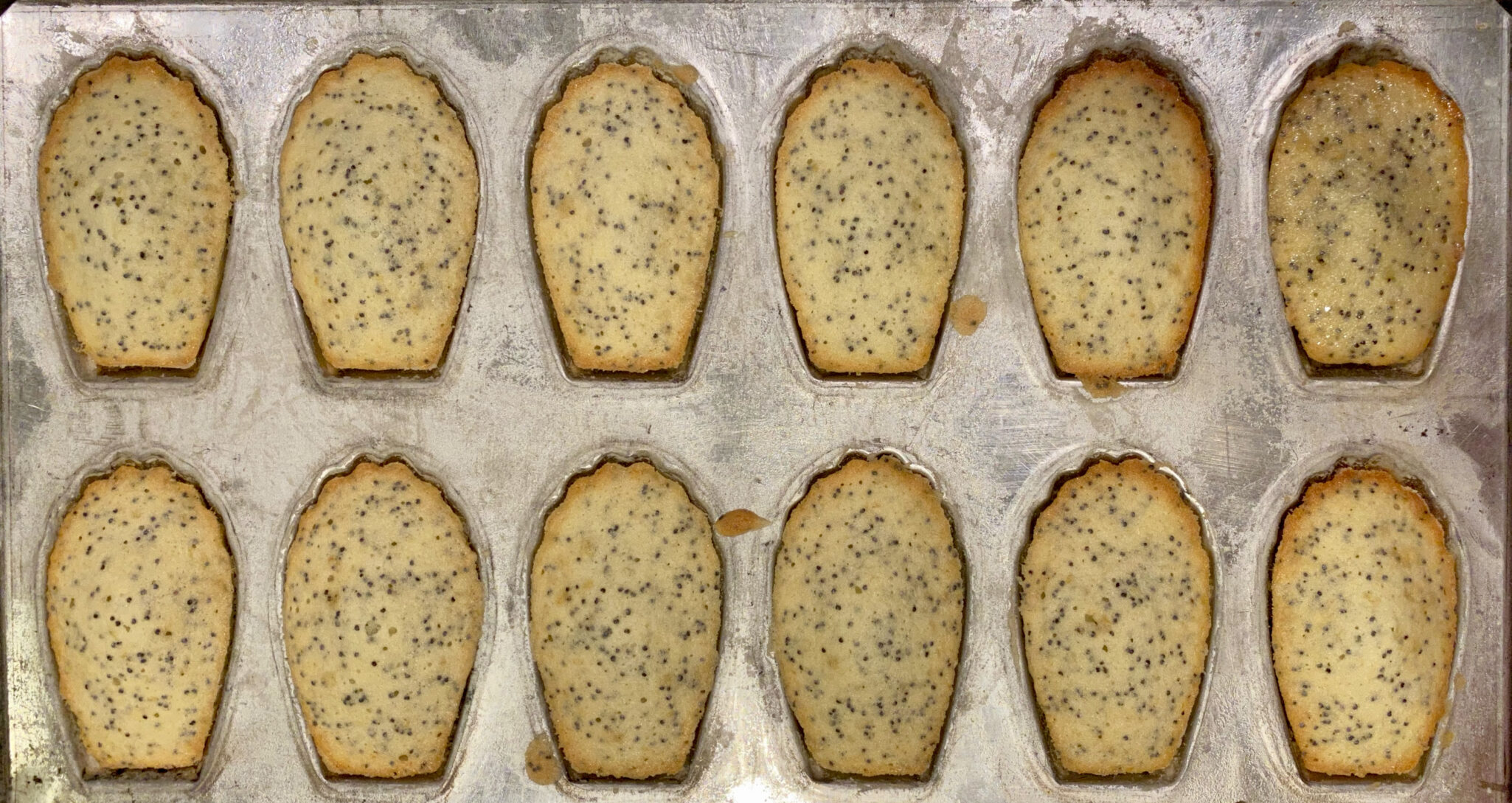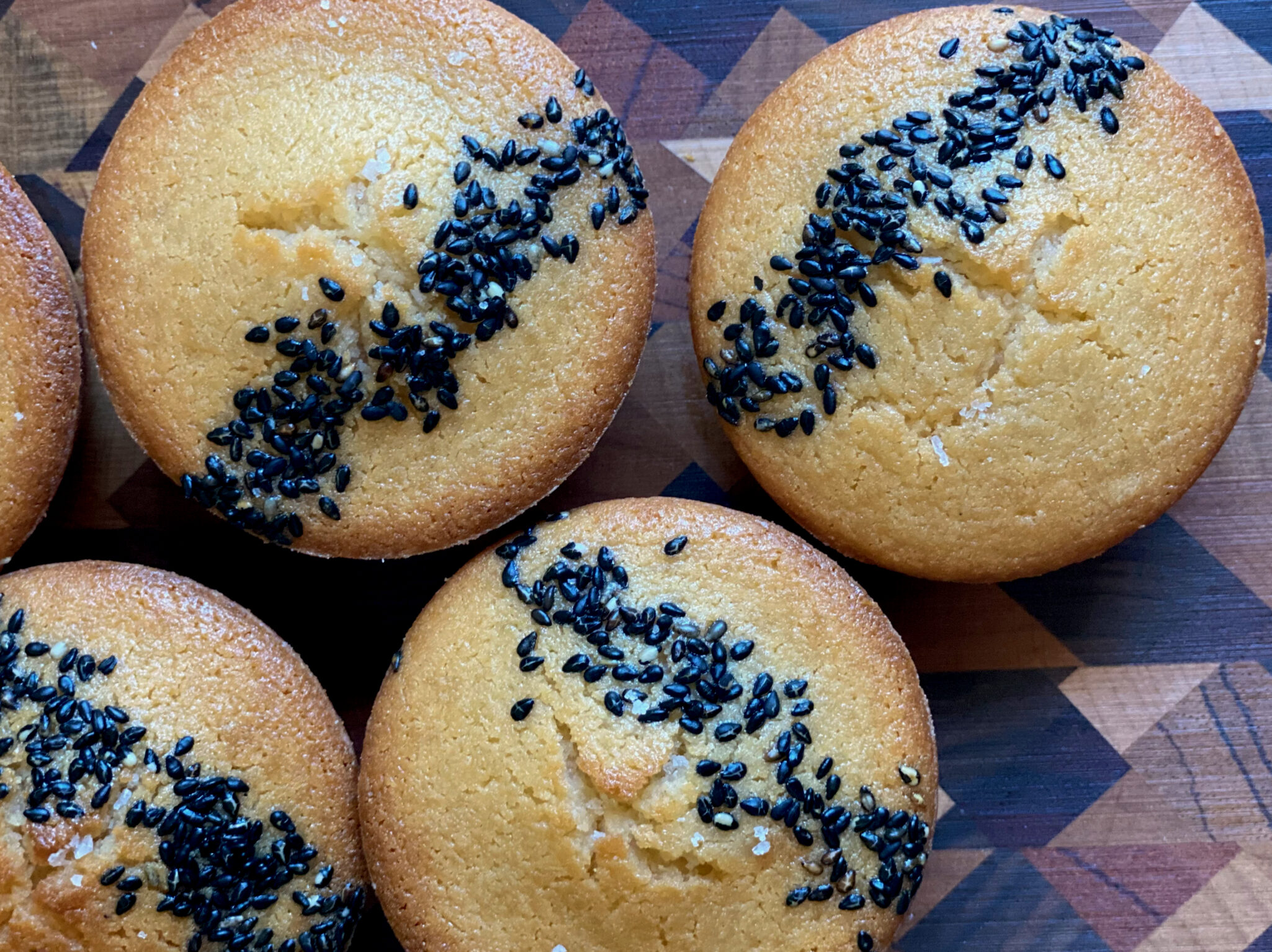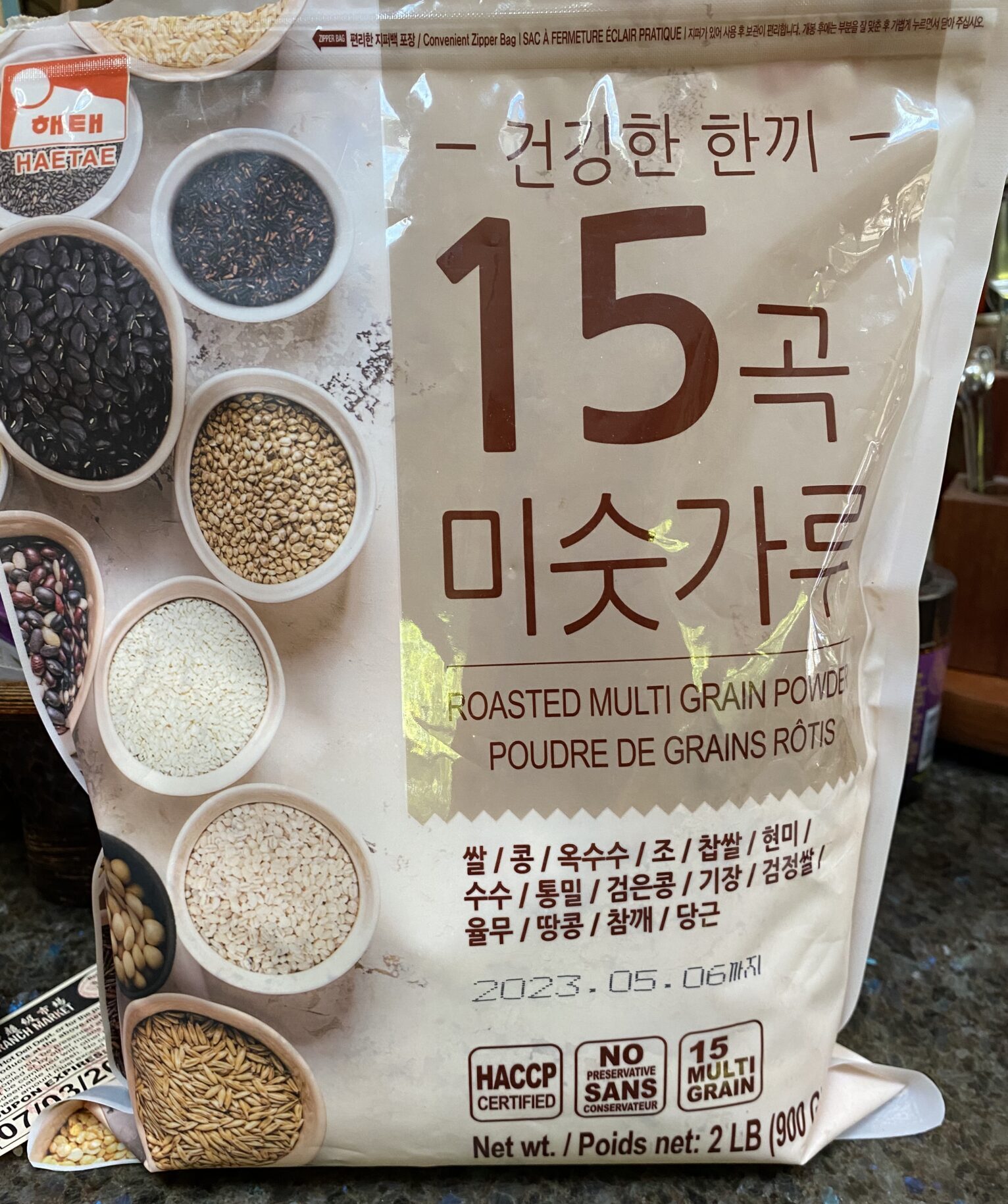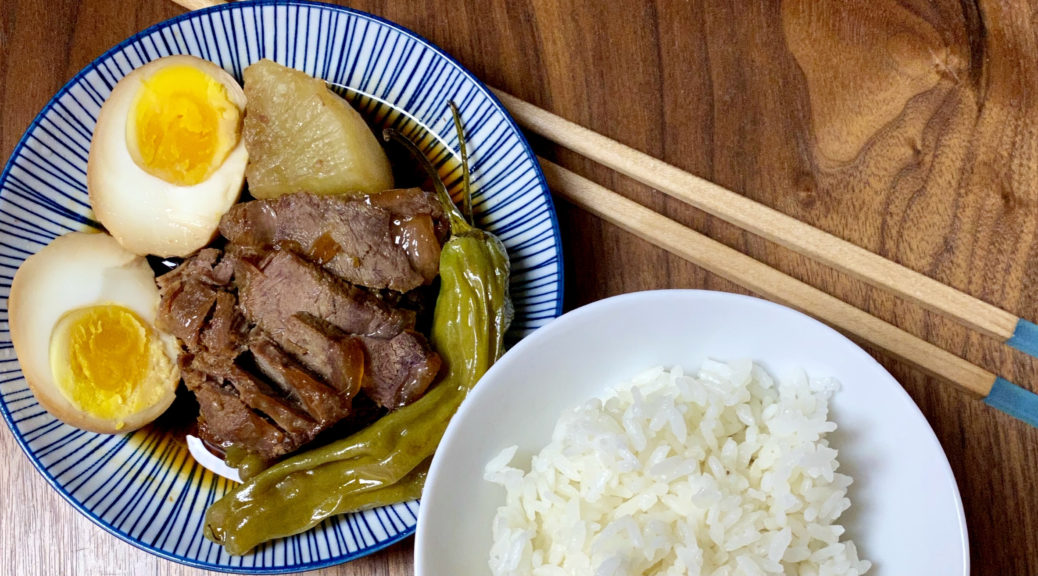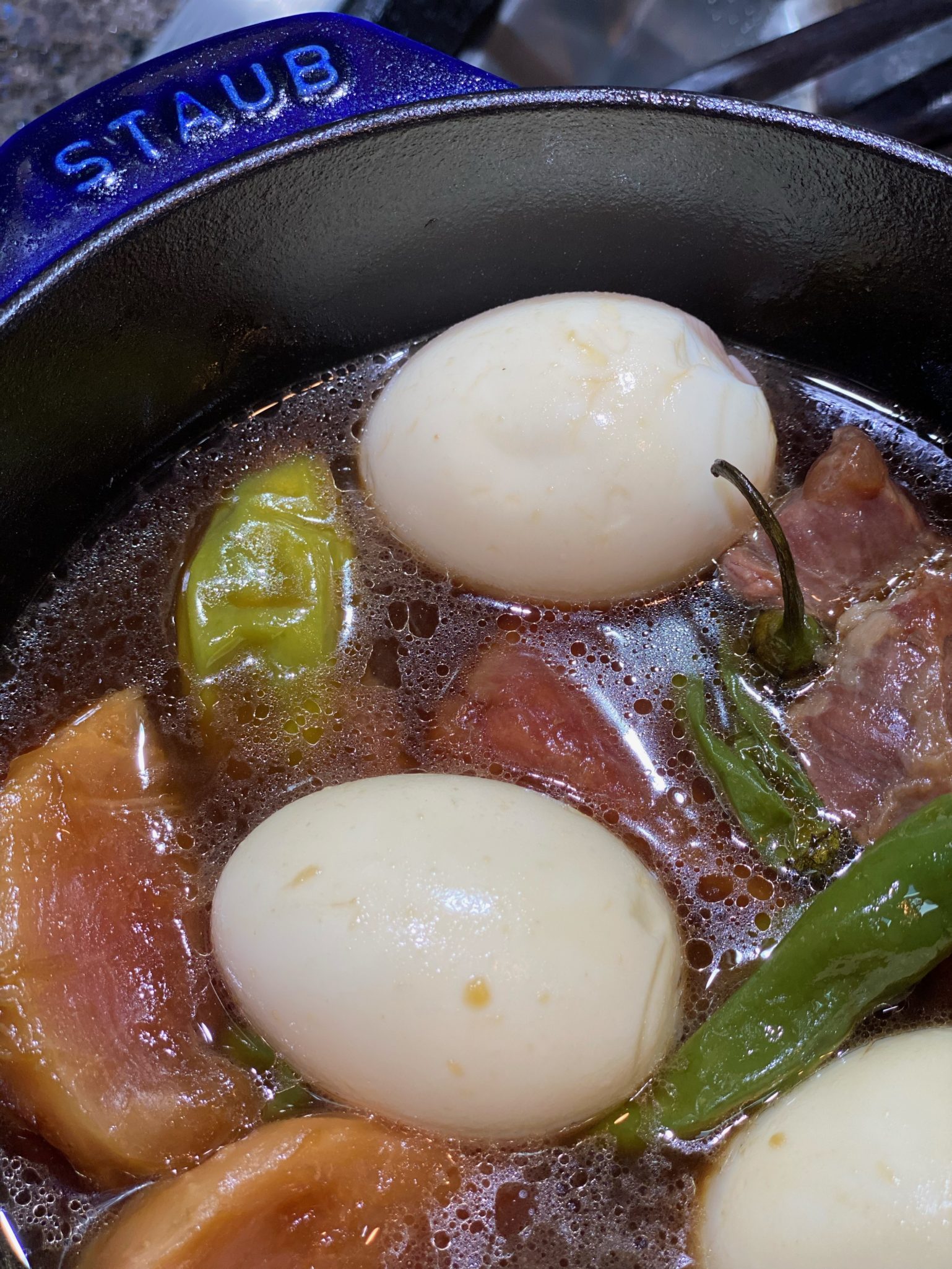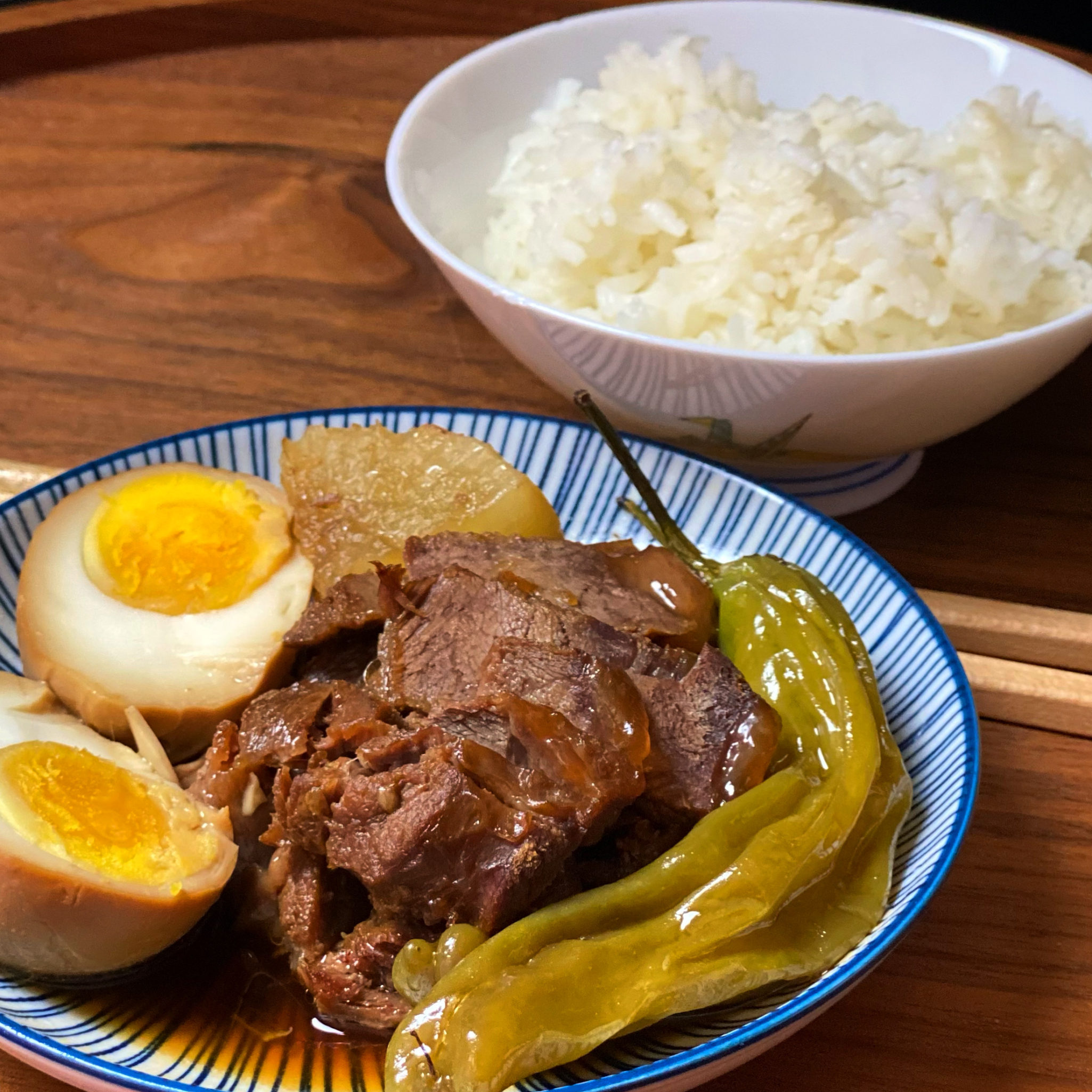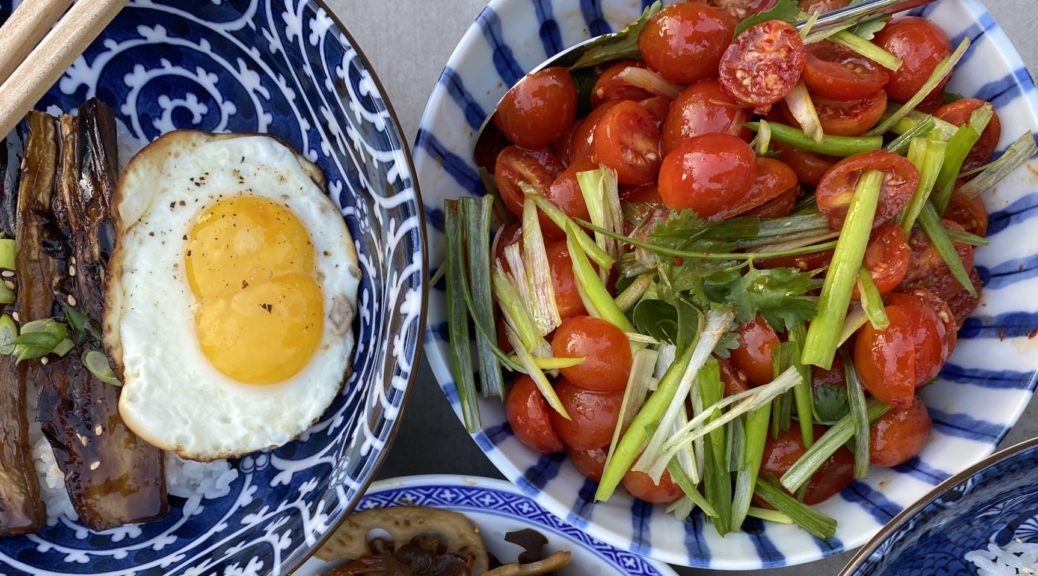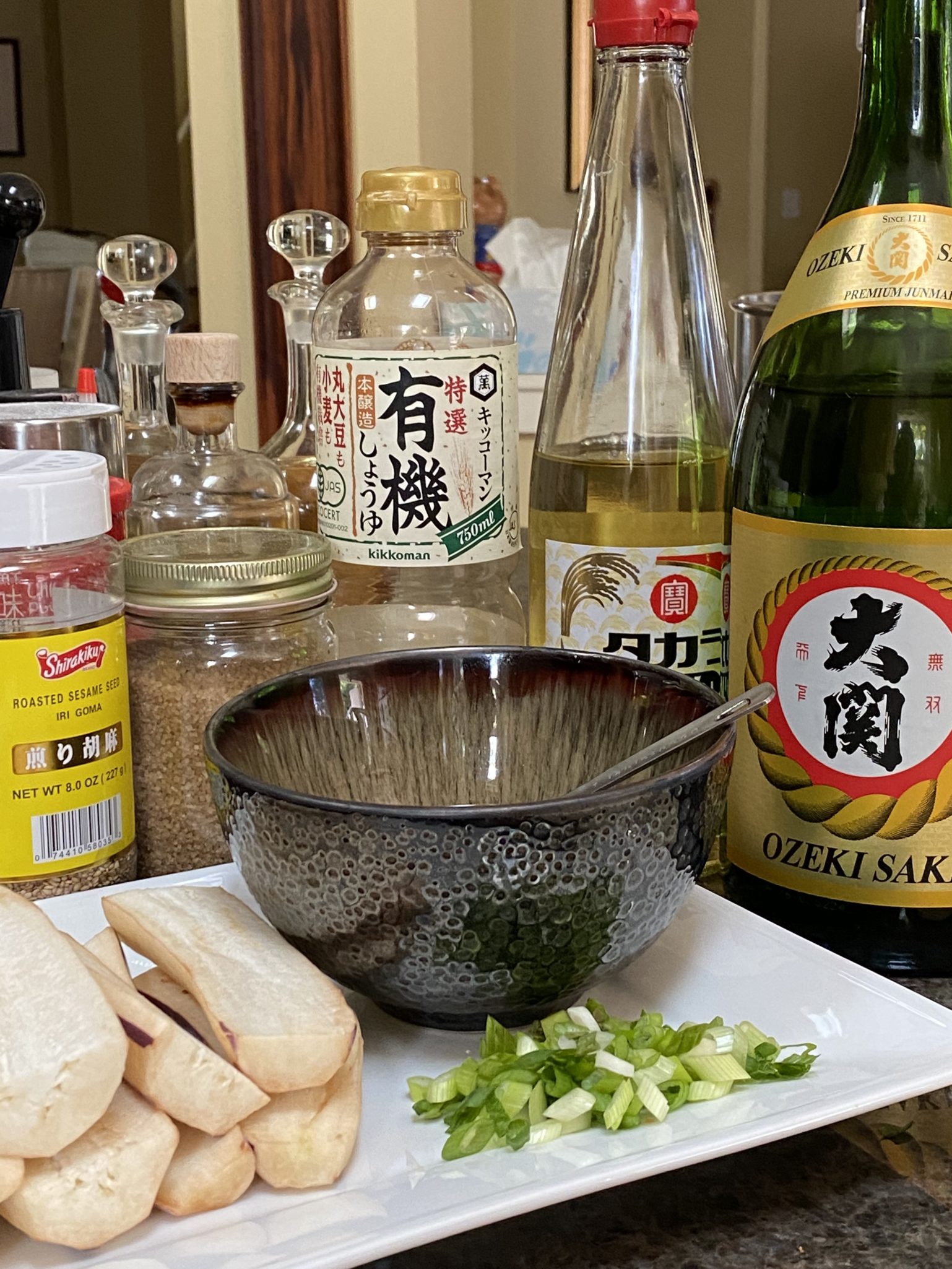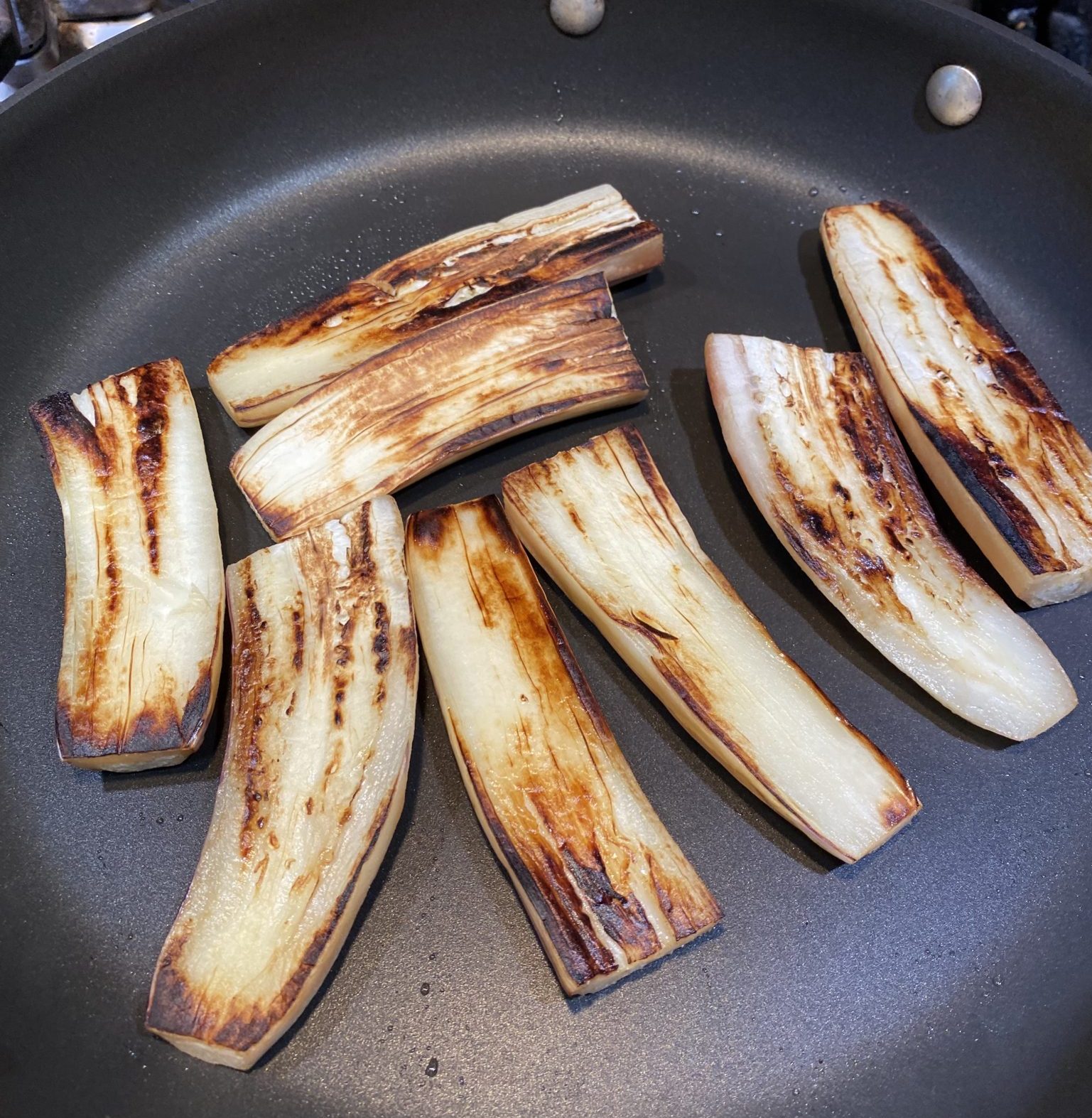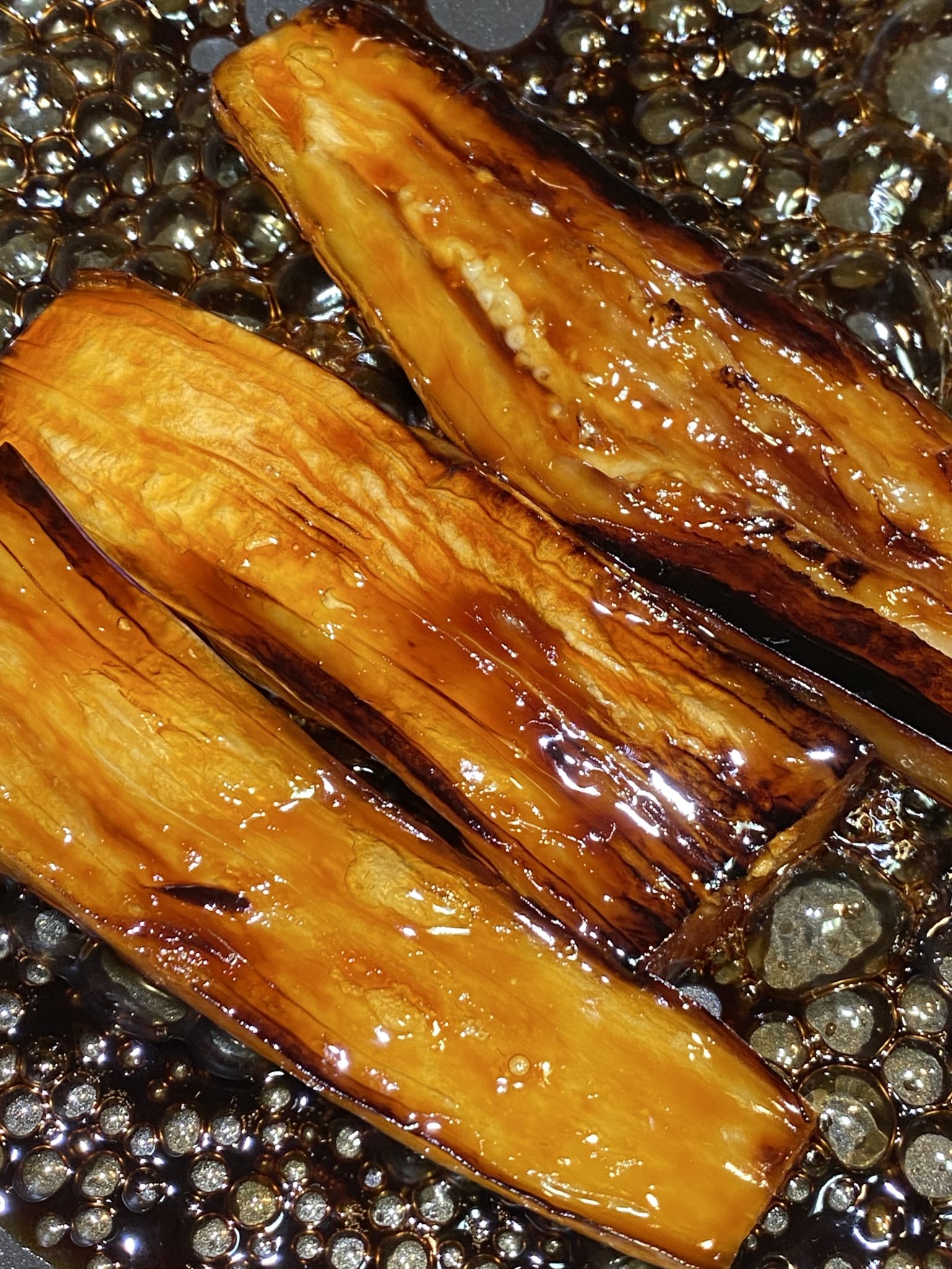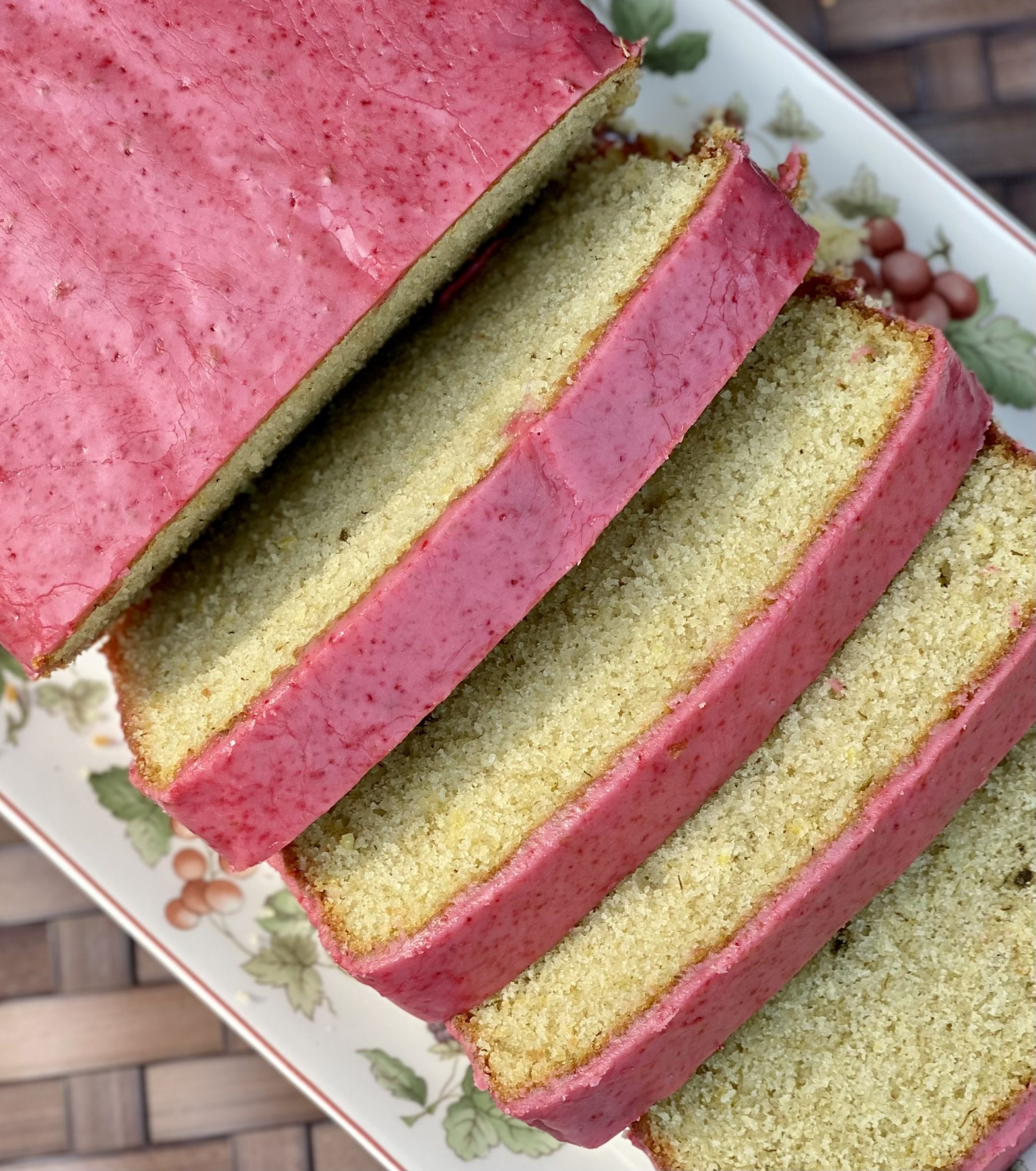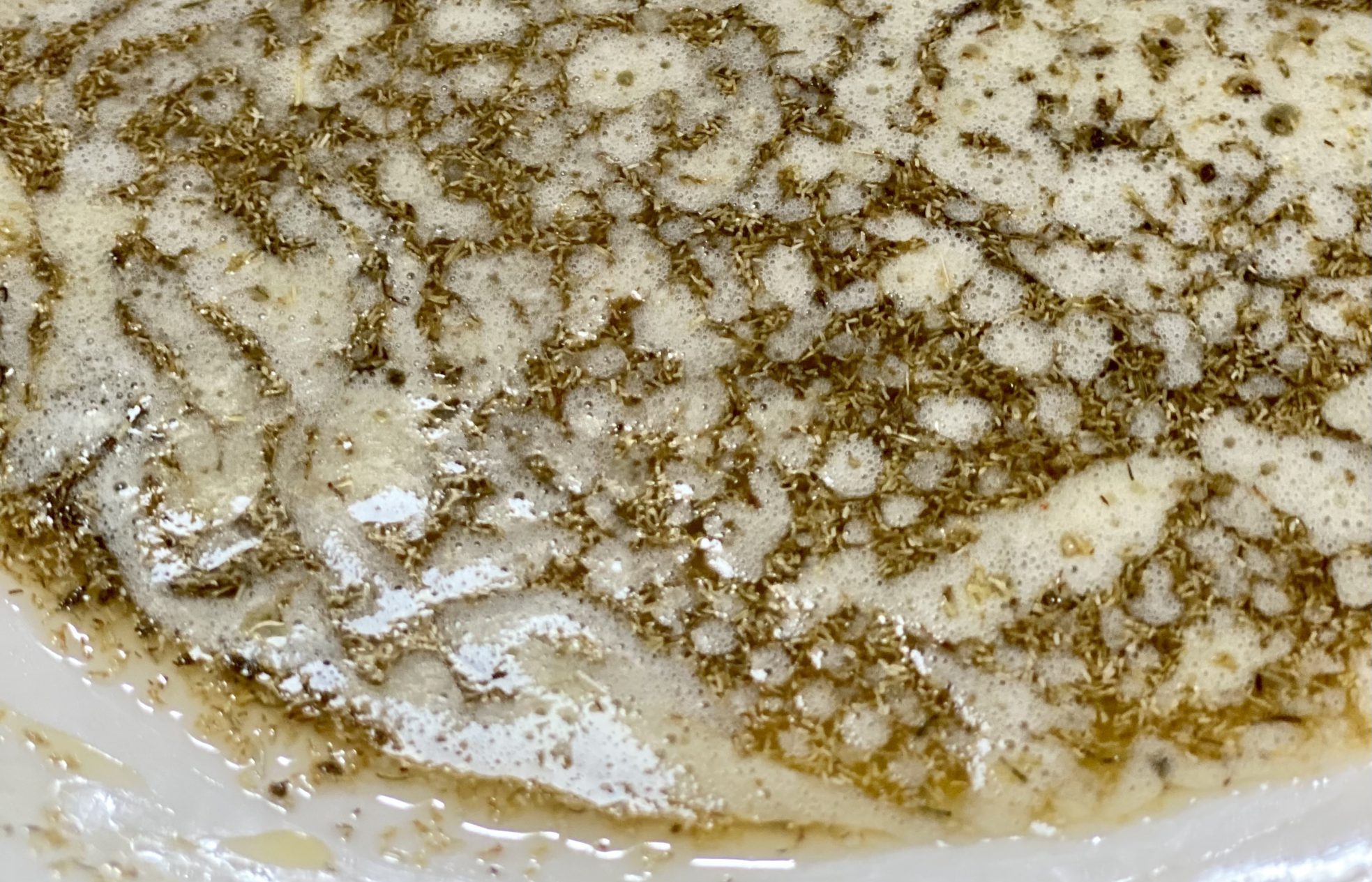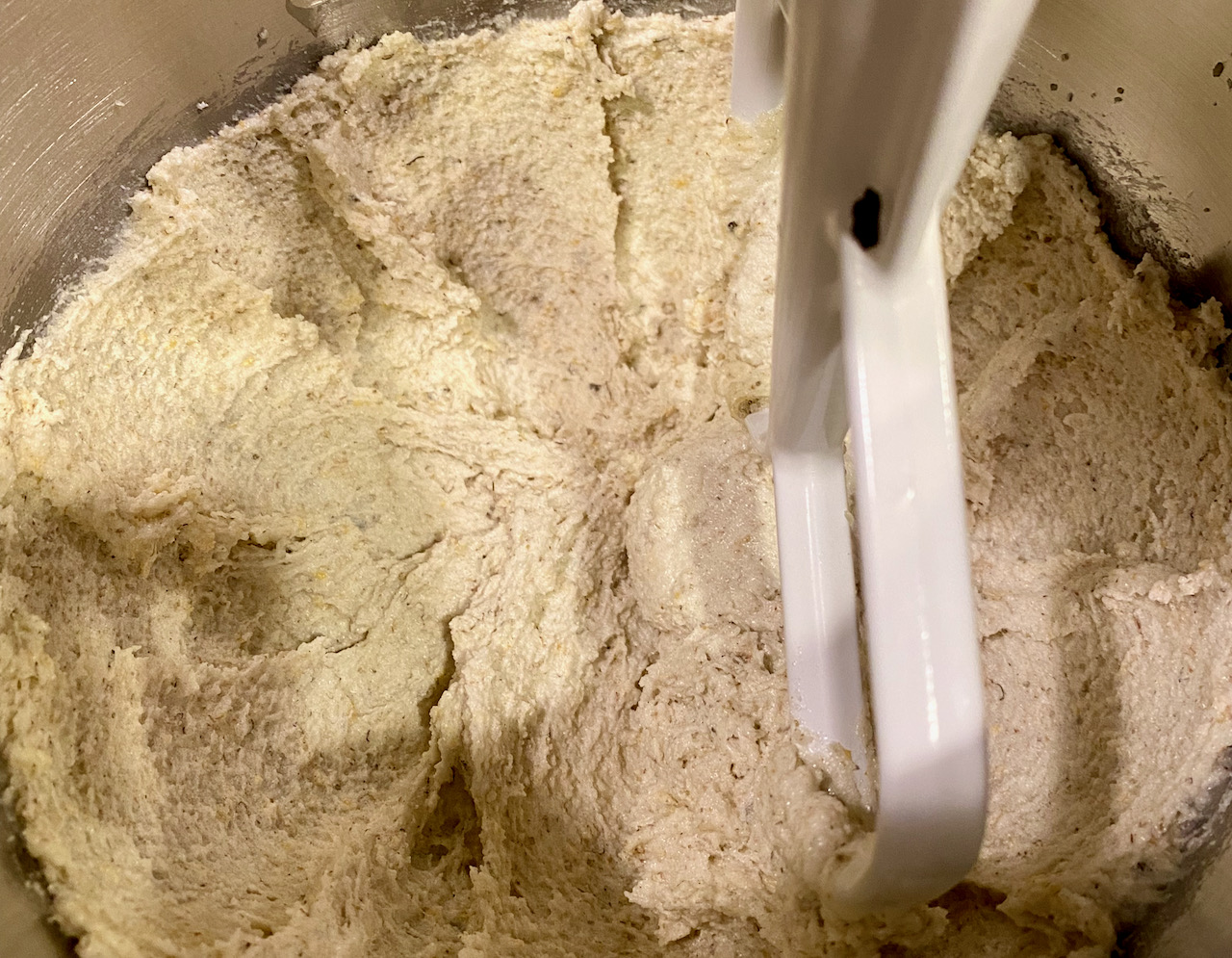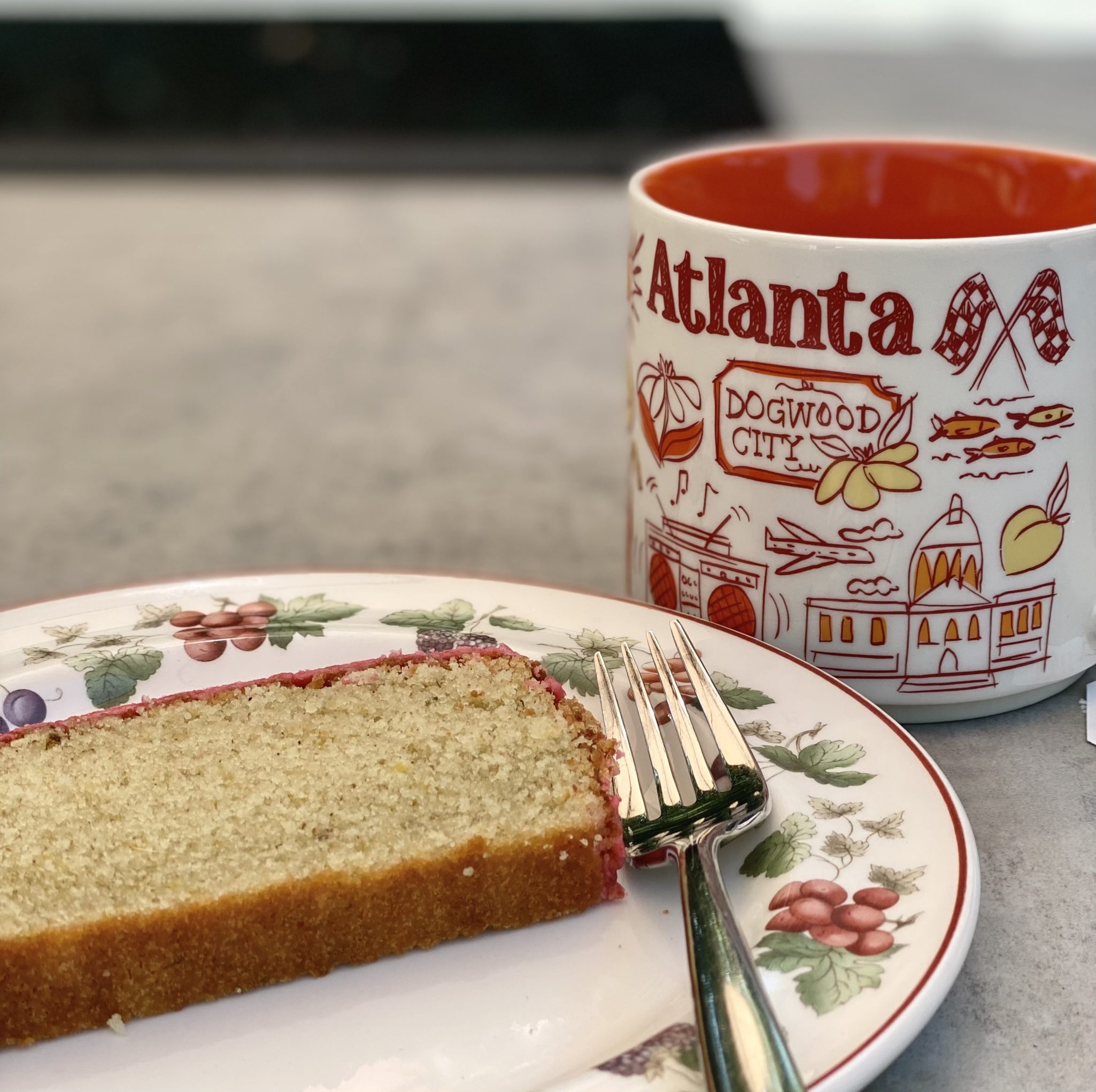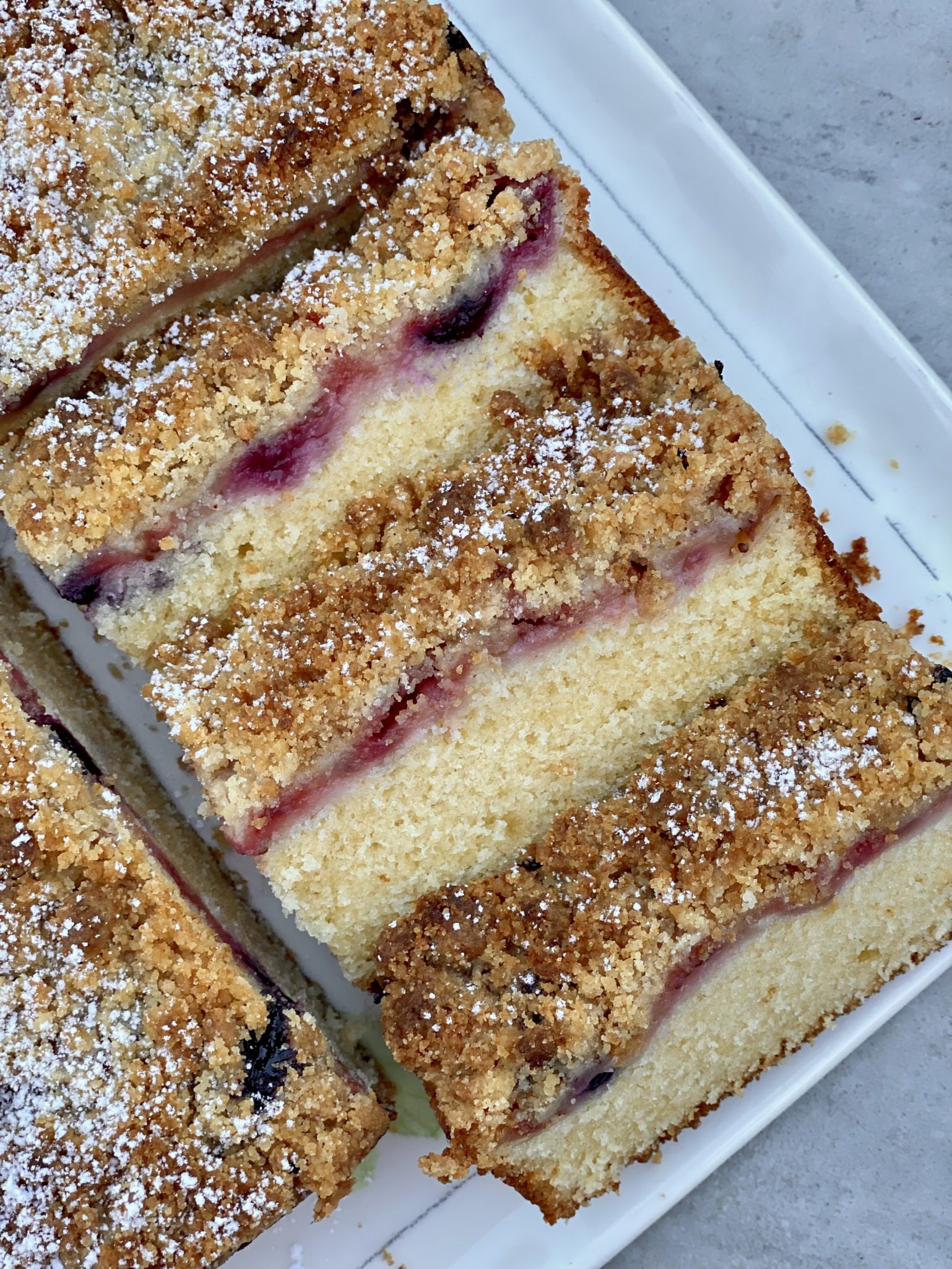
Cold Noodles with Tomatoes (Tomato Triple Play)
I have taken over tomato duties from the hubby who has given up on becoming an urban farmer. We just haven’t had any luck with turning our garden into a summer veggie paradise. My bounty from 5 tomato plants so far has been a grand total of 4 tiny red orbs 🤦🏻♀️
FORTUNATELY, we have a wonderful farmer’s market in town.
My haul from last week’s farmer’s market included a variety of cherry tomatoes including Bronze Torch Cherry Tomatoes (pictured on the right above) from Live Earth Farm in Watsonville. We have been buying Live Earth produce since my kids were toddlers and they’re in their twenties now! The Bronze Torch Cherry Tomatoes are simply AH-MAZING. Sweet, tomatoey, delicious.
Tomato Trifecta
I am a big fan of Eric Kim. He writes regularly for New York Times Cooking and just published a wonderful cookbook, Korean American. It is hands down one of my favorite books. His recipes are easy and delicious and his writing is even better. You can also find him on YouTube making many of his recipes, he’s funny, personable, and charming. I went to his book signing at Omnivore Books in SF, fun, I’m such a food groupie.
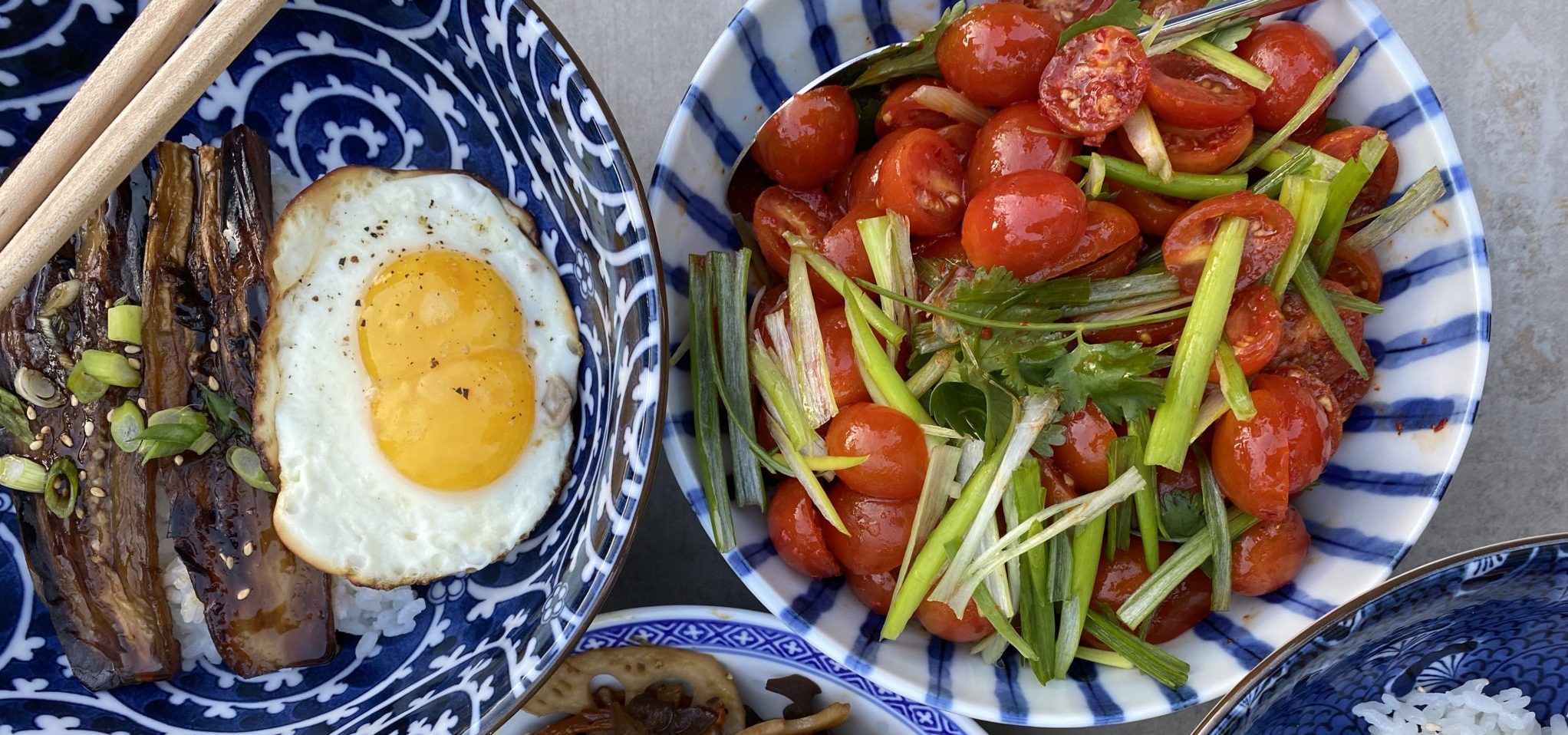
I love his Grape Tomato Quick Kimchi which I make all the time. Serve as Banchan (side dish-pictured on the right above) one day and as a sauce over noods the next day. It is downright delicious. As soon as I saw his Cold Noodle with Tomatoes recipe I jotted it down on my MAKE ASAP list. It is so easy and incredibly delicious. It should go on your list too.
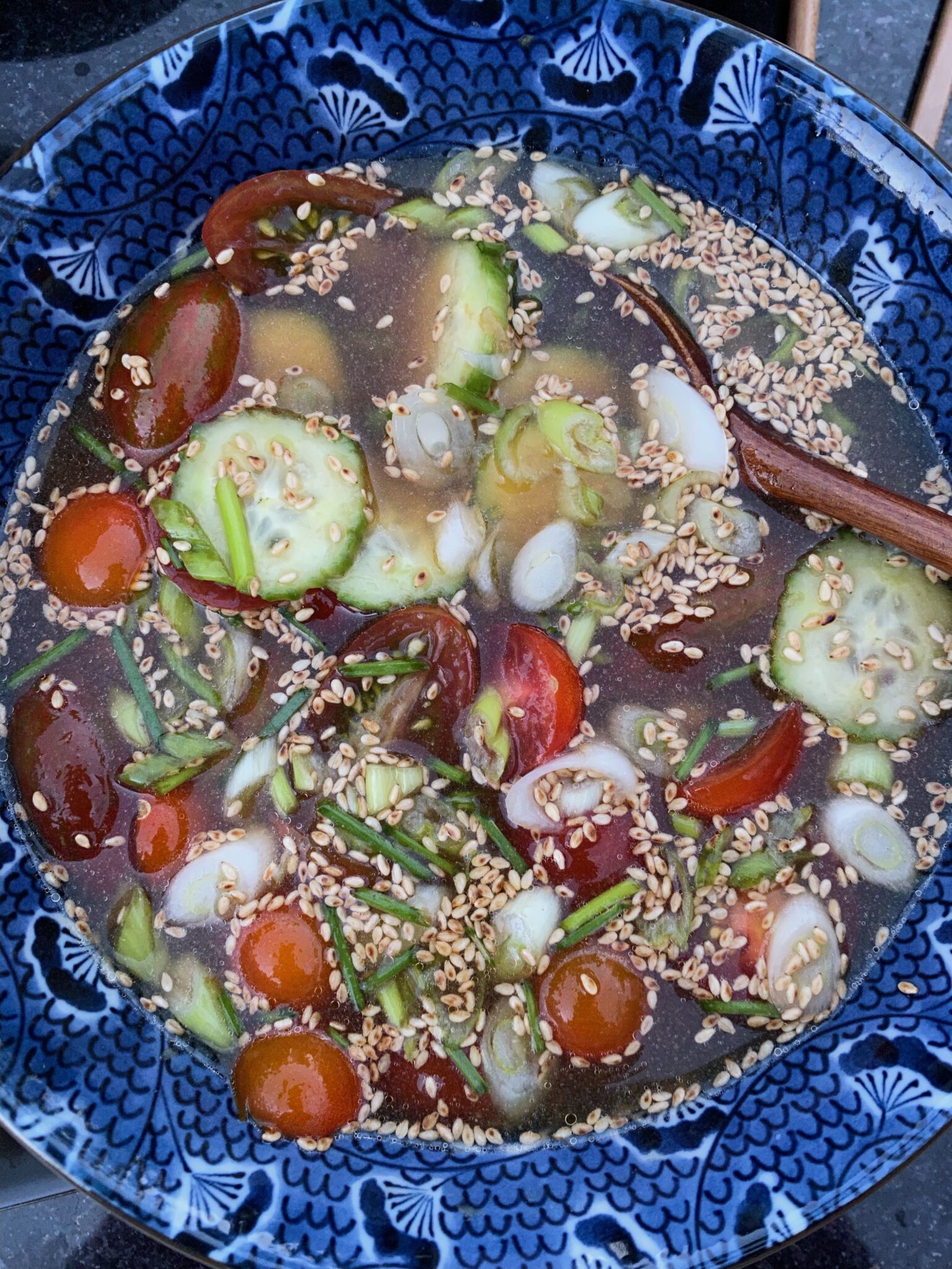
Start with cherry tomatoes, slice them in half, and sprinkle with salt. Let the tomatoes sit in the bowl while you put together the rest of the dish. No need to use a strainer as the juices from the salted tomatoes become part of the broth. Mince garlic, get out the rice vinegar, soy sauce, Dijon mustard, and sesame oil, and toss it all in a bowl along with the tomatoes. Next, add cold-filtered or bottled water to the bowl (use water that tastes good). Add diced scallions, and slices of radishes (the little red ones) or cucumbers to the broth. Set the broth aside.
Here’s the Hard Part
How to cook your somen. DO NOT COOK YOUR SOMEN while you are getting the other components together. Make the broth and set it aside. Focus on the noods so you don’t overcook them. For somen (thin Japanese wheat noodles), start with plenty of unsalted water. Somen has salt in it. If you use too little water, the noods will absorb too much water because of the salinity. Watch them like a hawk, and stir them with chopsticks or tongs while cooking to separate the noodles, this takes 3-4 minutes TOPS. Remove from heat, rinse thoroughly under cold water and drain well.

Before serving, twirl noodles into a bundle and place them in a bowl. Add crushed ice to the tomatoes and pour it over your noodles. Garnish with additional scallions and sesame seeds. It’s so refreshing, the perfect summer meal. Carnivores, feel free to add shrimp or chicken or half of a hard-boiled egg. Serve asap on a hot summer day. Sooooooo good.
BONUS, Ottolenghi’s Charred Tomatoes and Cold Yogurt. Yes, my trifecta of tomato recipes. Tomatoes, roasted with thyme, cumin seeds, lemon, and garlic, served over yogurt or Labneh. It’s my go-to party appetizer, especially in the summer. It’s “lick the bowl clean” good. A showstopping, easy dish. Make it, you’ll thank me.
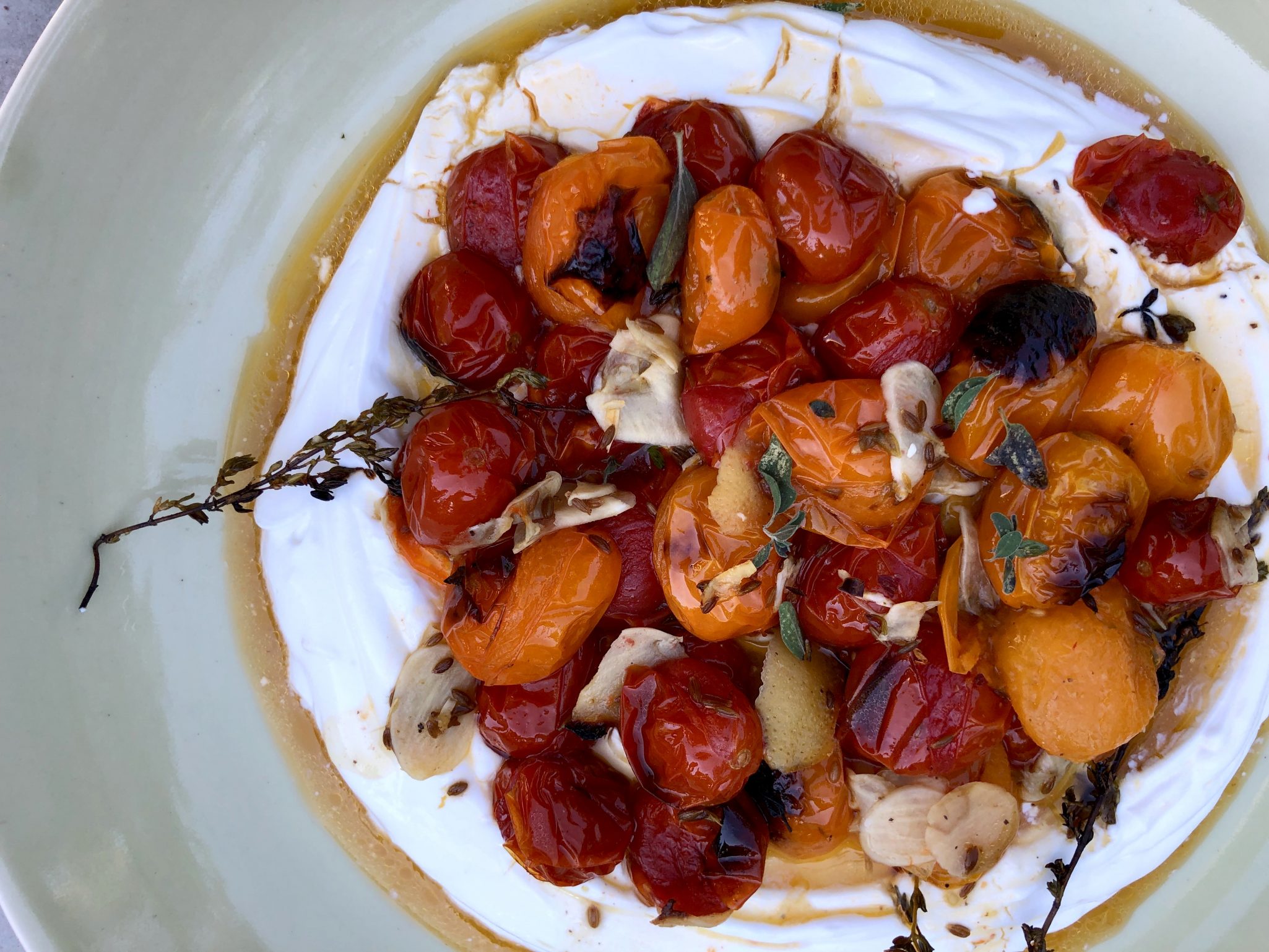
Cold Noodles with Tomatoes
Ingredients
The Star
- 2 pints ripe cherry tomatoes halved
- 2 teaspoons kosher salt (Diamond Crystal)
The Noods
- 12 to 14 ounces somyeon somen, capellini or other thin wheat noodle
Soup and Seasonings
- ¼ cup rice vinegar
- 2 tablespoons soy sauce Kikkoman, Sempio 501 or 701 or LKK Premium Soy
- 2 tablespoons granulated sugar
- 1 large garlic clove finely grated
- ½ teaspoon Dijon mustard
- ½ teaspoon toasted sesame oil
- 2 cups cold filtered water or bottled water of your choice.
- 1 tablespoon toasted sesame seeds
The Garnishes
- 2 radishes thinly sliced, or cucumbers work in a pinch
- 2 scallions thinly sliced at an angle
- 2 cups crushed or cubed ice
Omnivore Options
- cooked shrimp or shredded chicken
- hard boiled eggs, but not too hard-boiled lol
Instructions
- In a large bowl, toss together the tomatoes and salt. Let sit until juicy, about 10 minutes.
- Bring a large pot of water to a boil. Cook the noodles according to package instructions, drain and rinse under cold water. Set aside. See post for how to cook somen noodles.
- Add the vinegar, soy sauce, sugar, garlic, mustard and sesame oil to the tomatoes, and toss with a spoon until well combined. Stir water into the tomatoes and sprinkle the surface of the broth with the sesame seeds, radishes and scallions.
- Right before serving, add the ice to the broth. Divide the noodles among bowls, and ladle in the broth and any unmelted ice, making sure each serving gets a nice sprinkling of tomatoes, radishes, scallions and sesame seeds.
